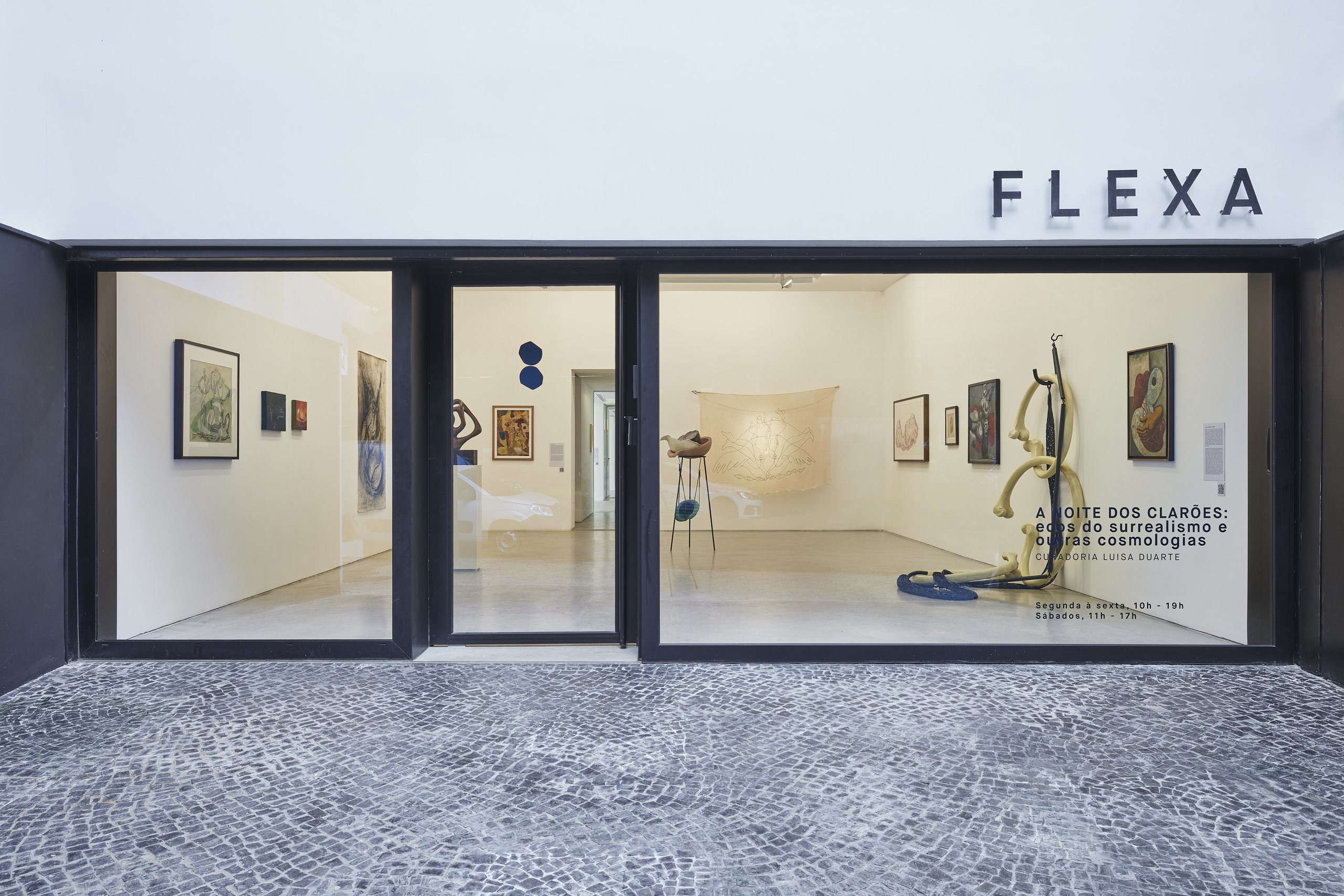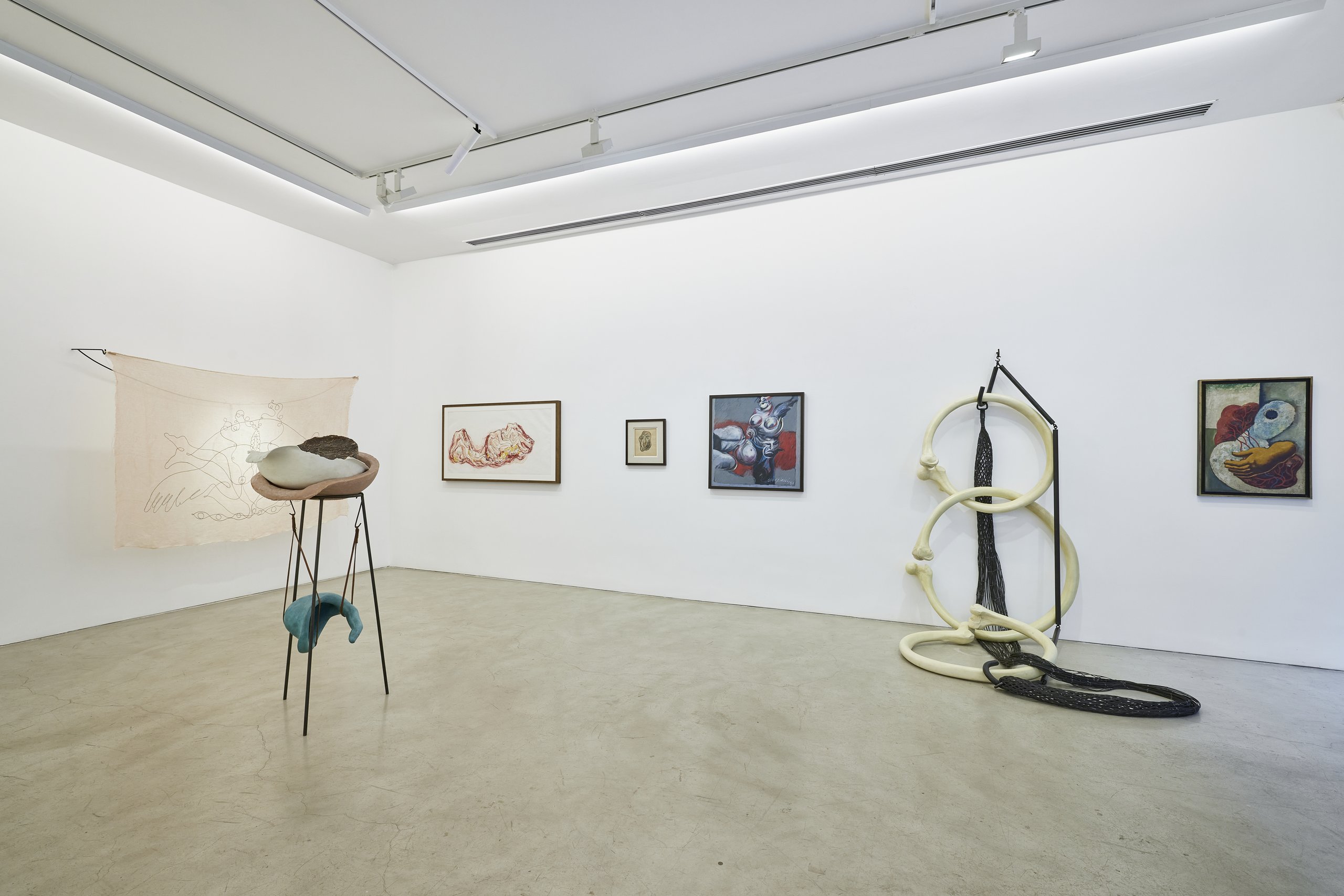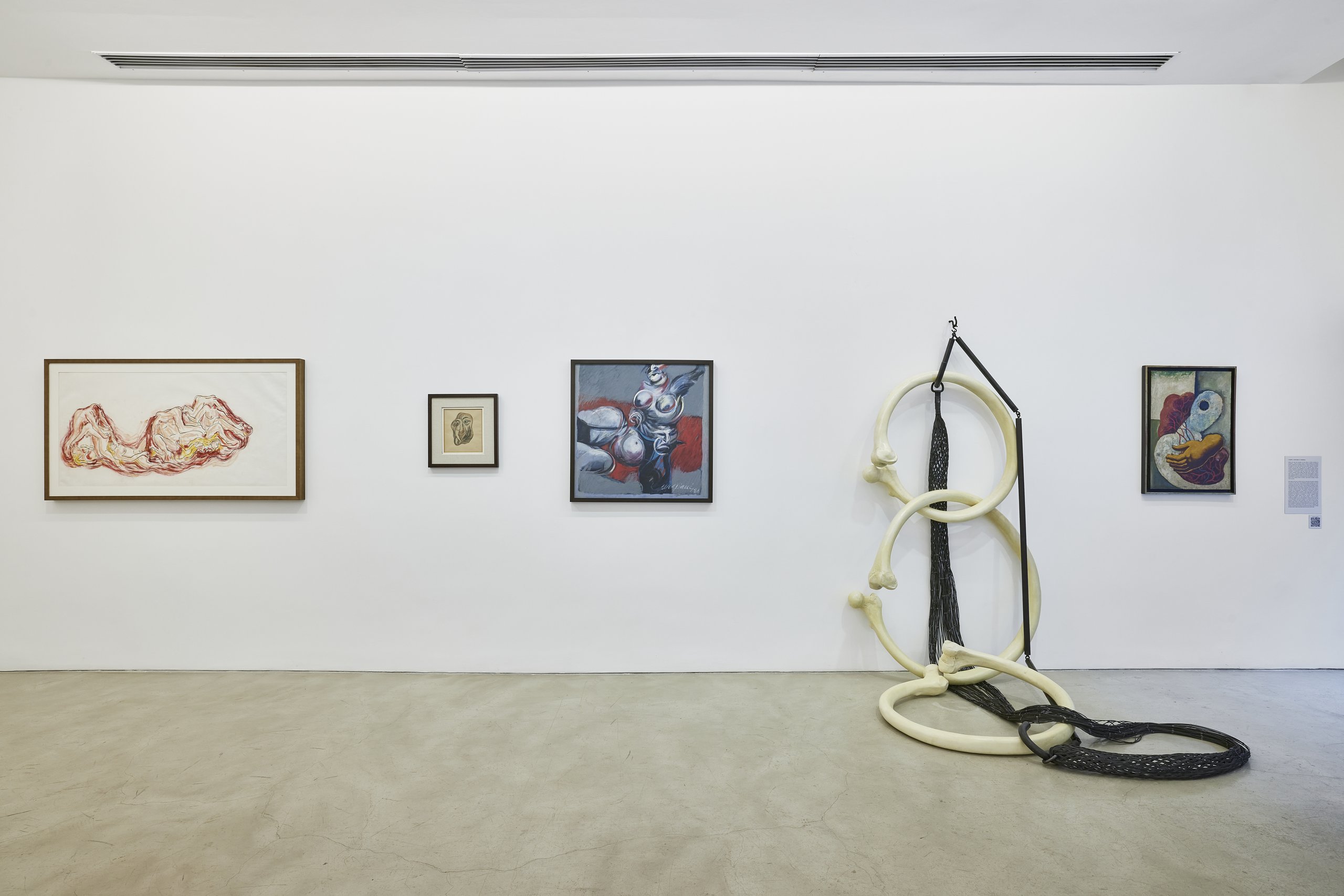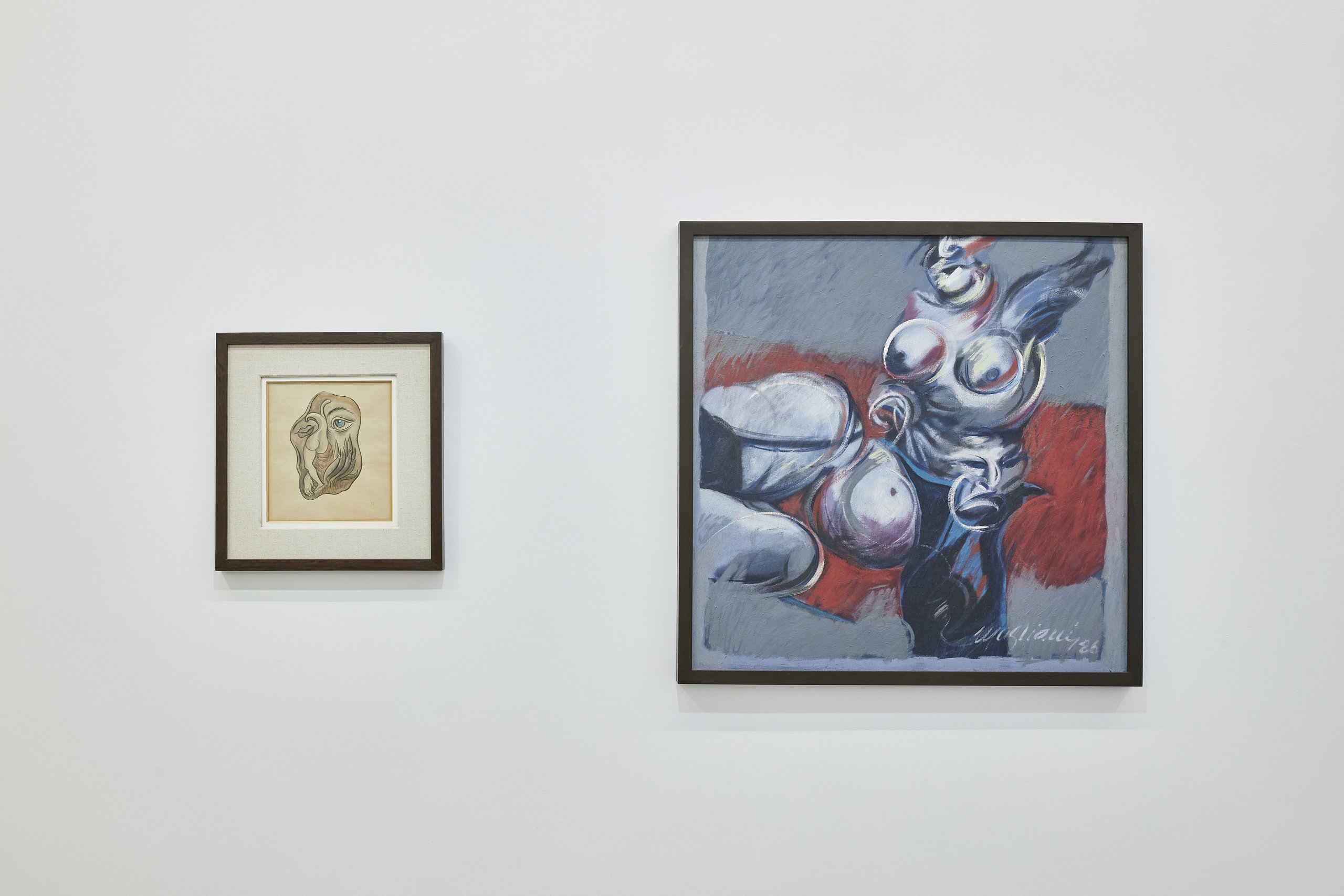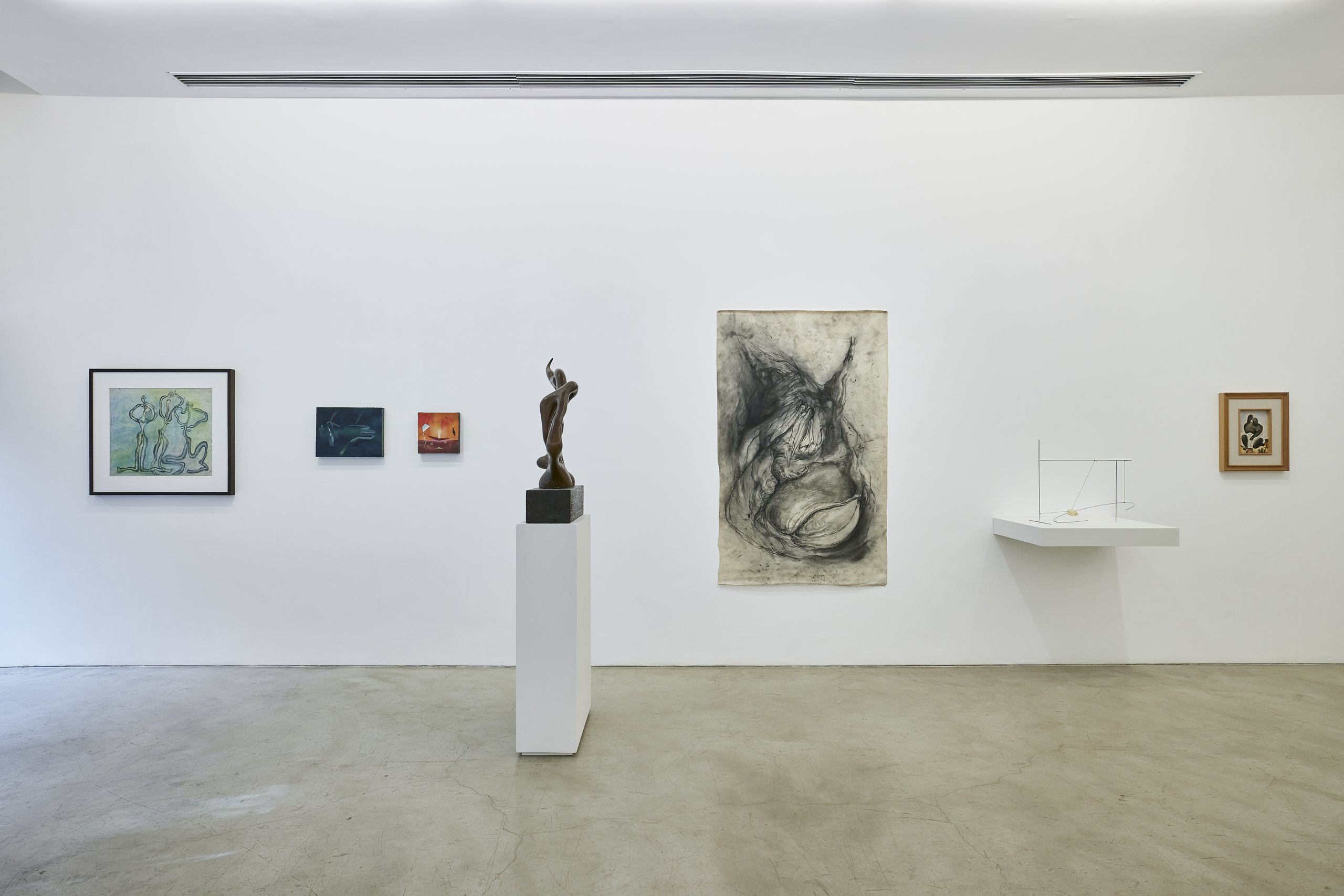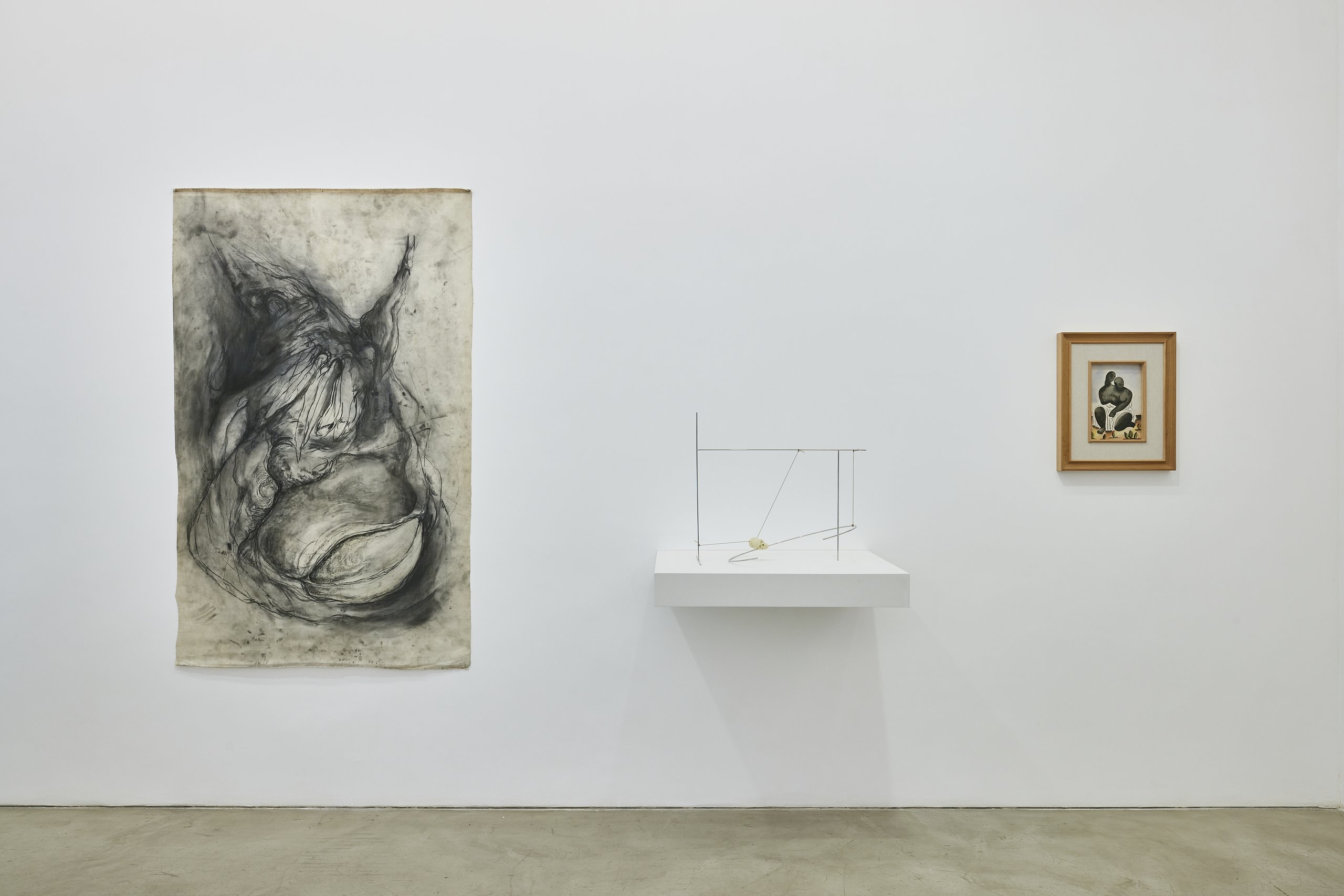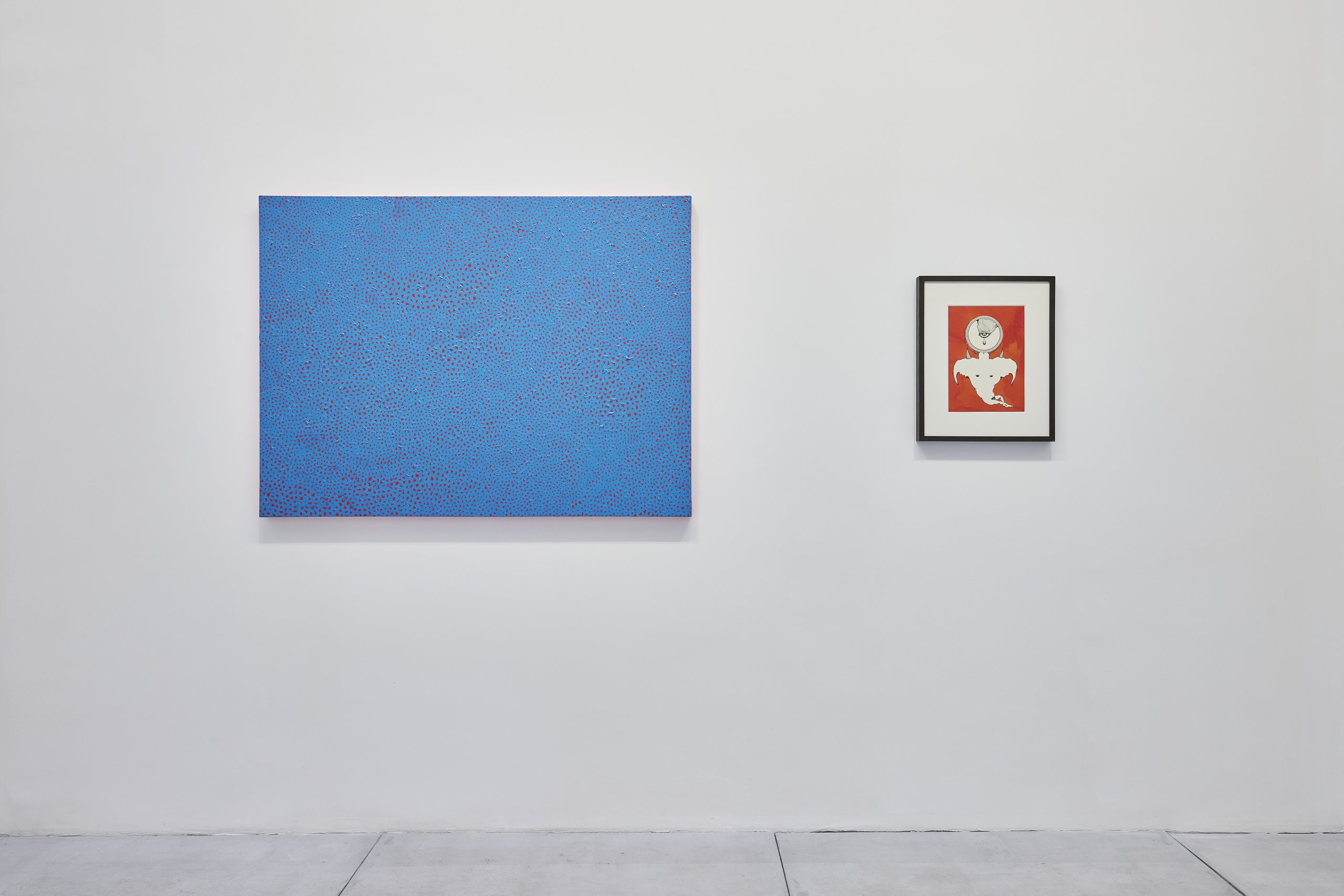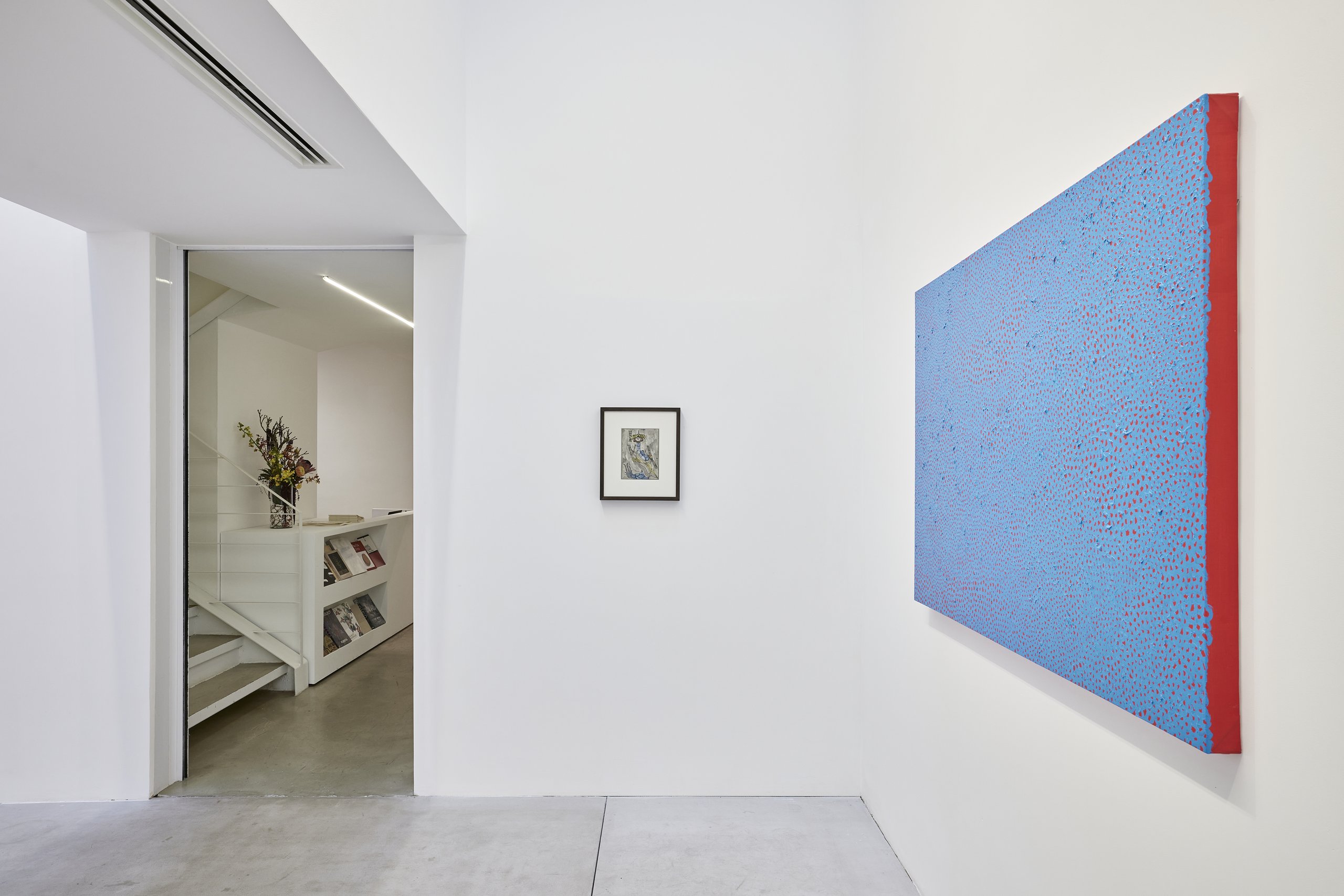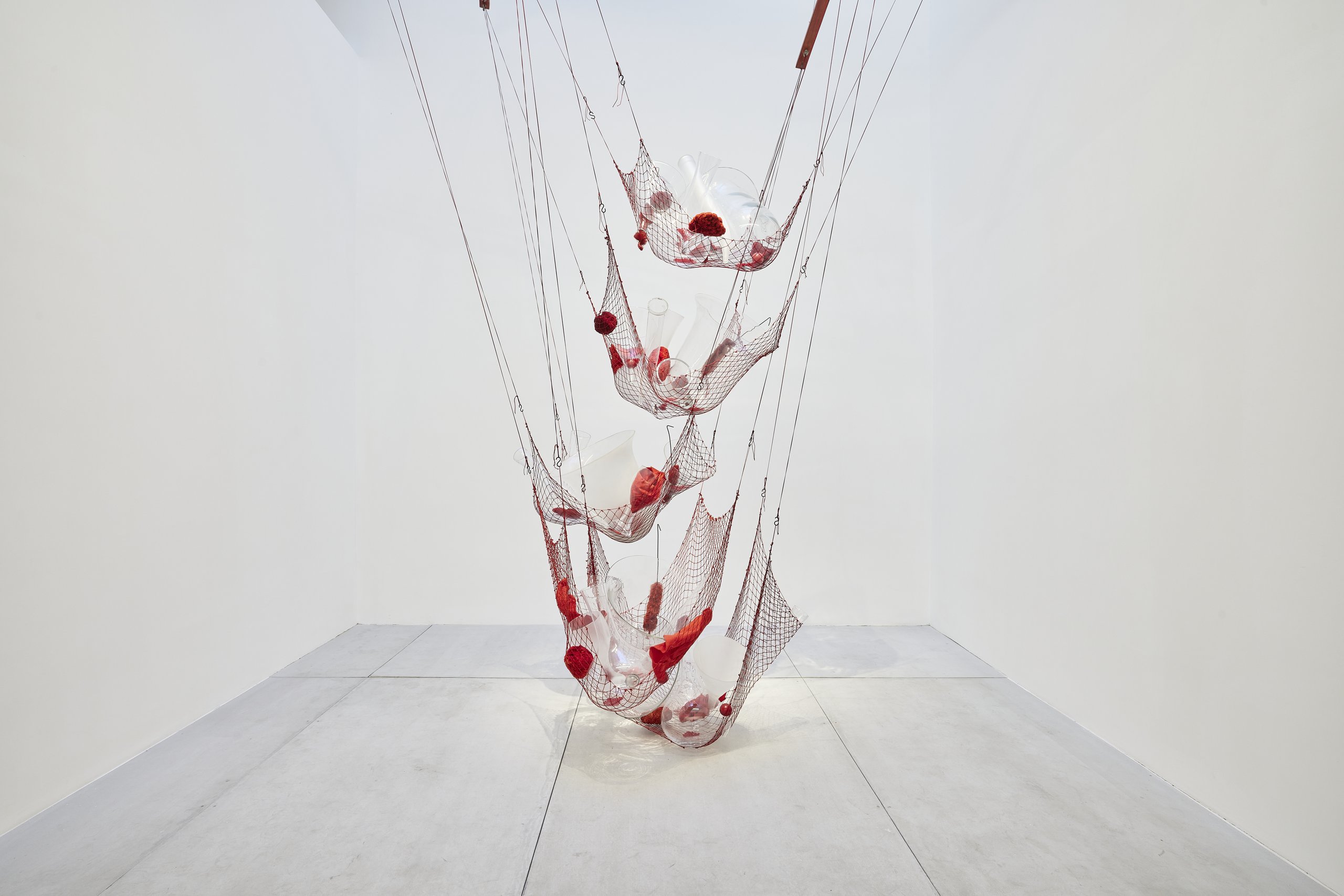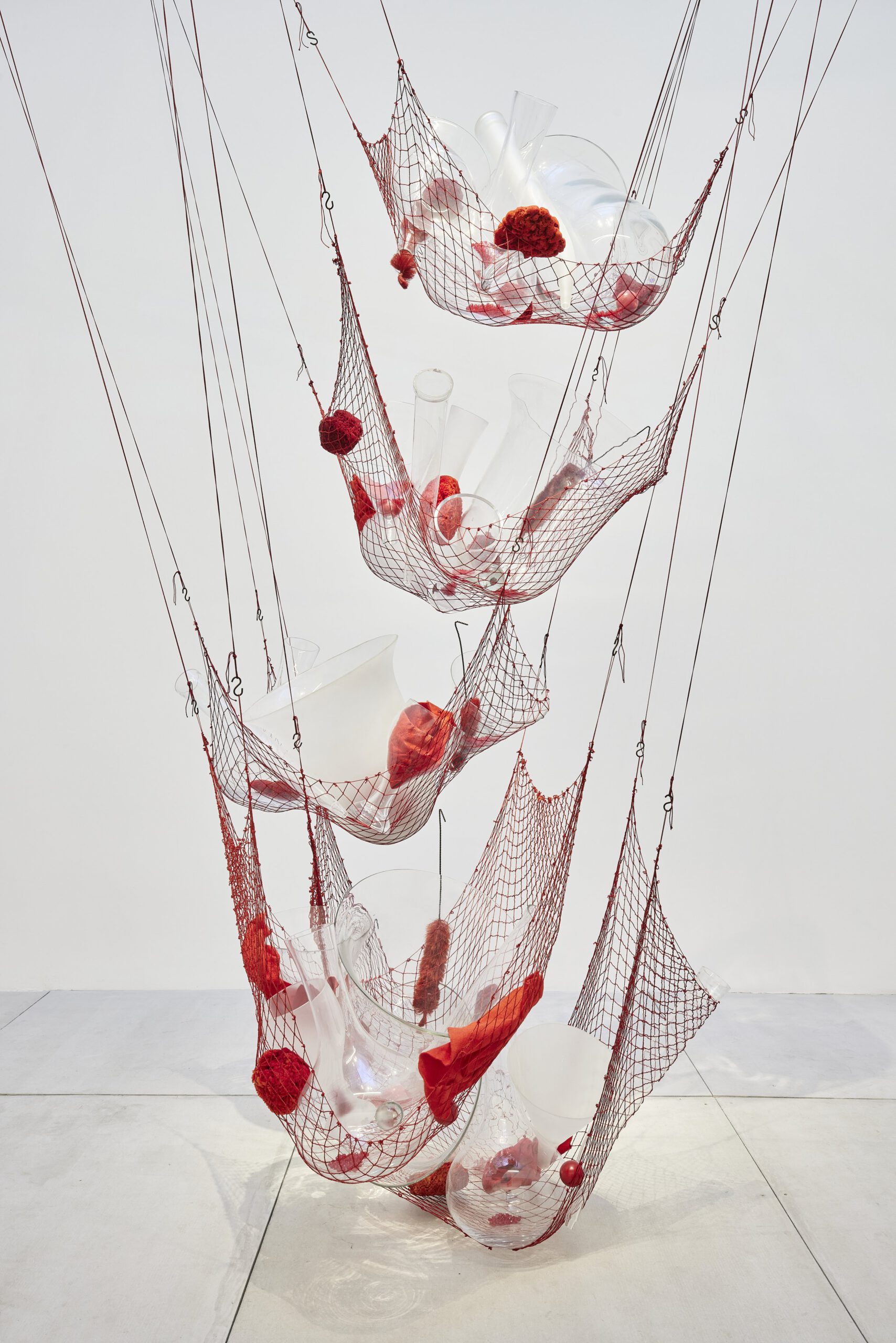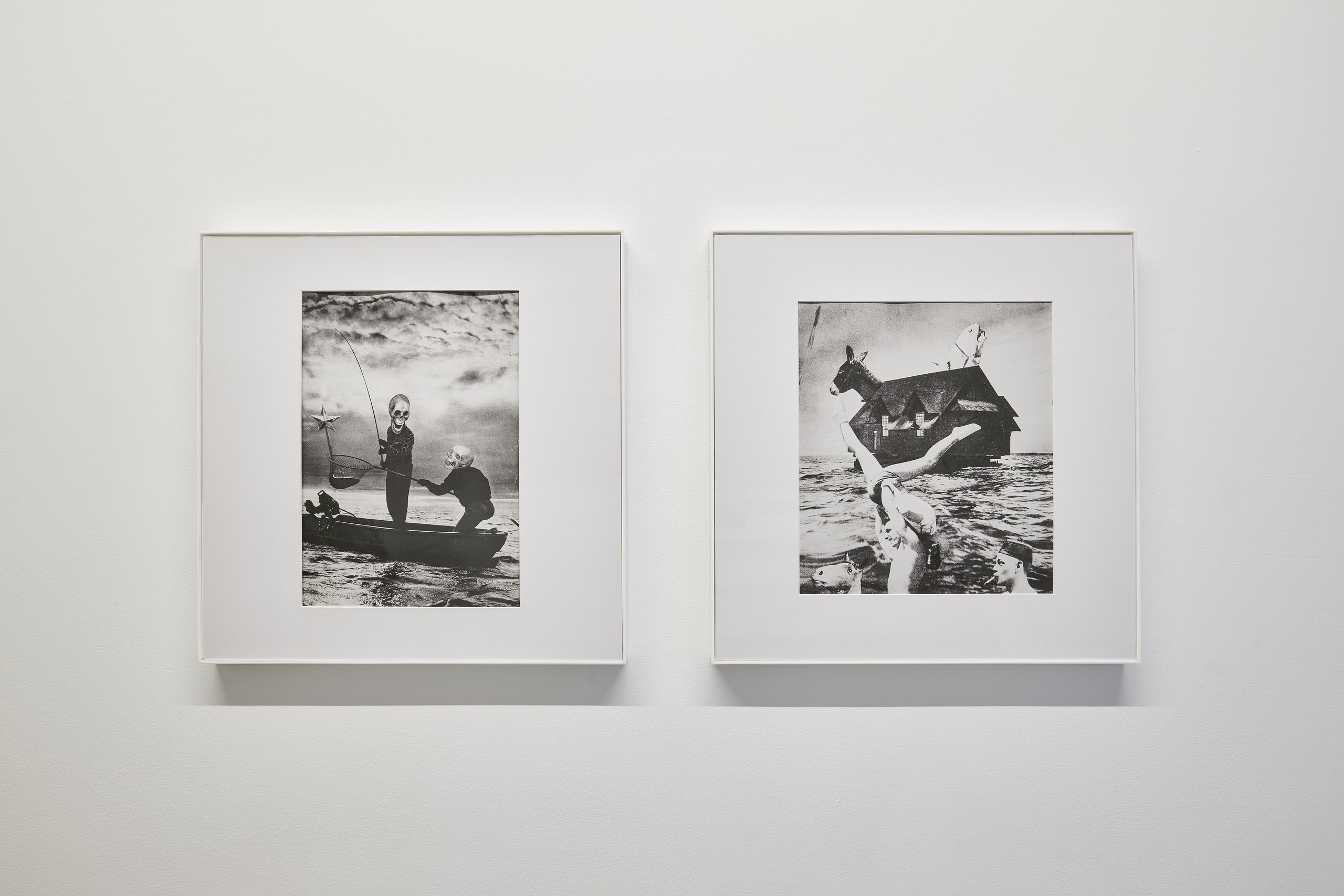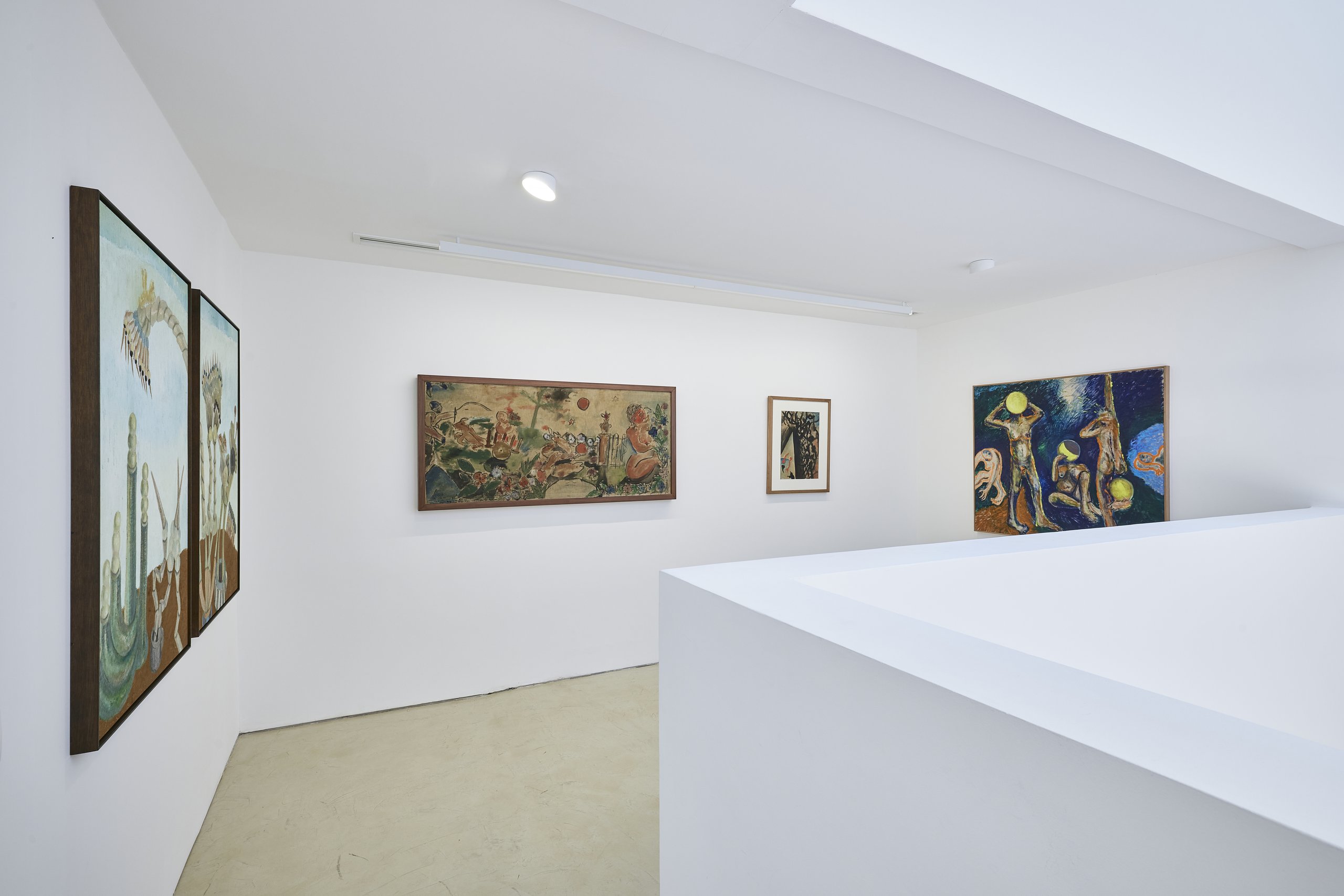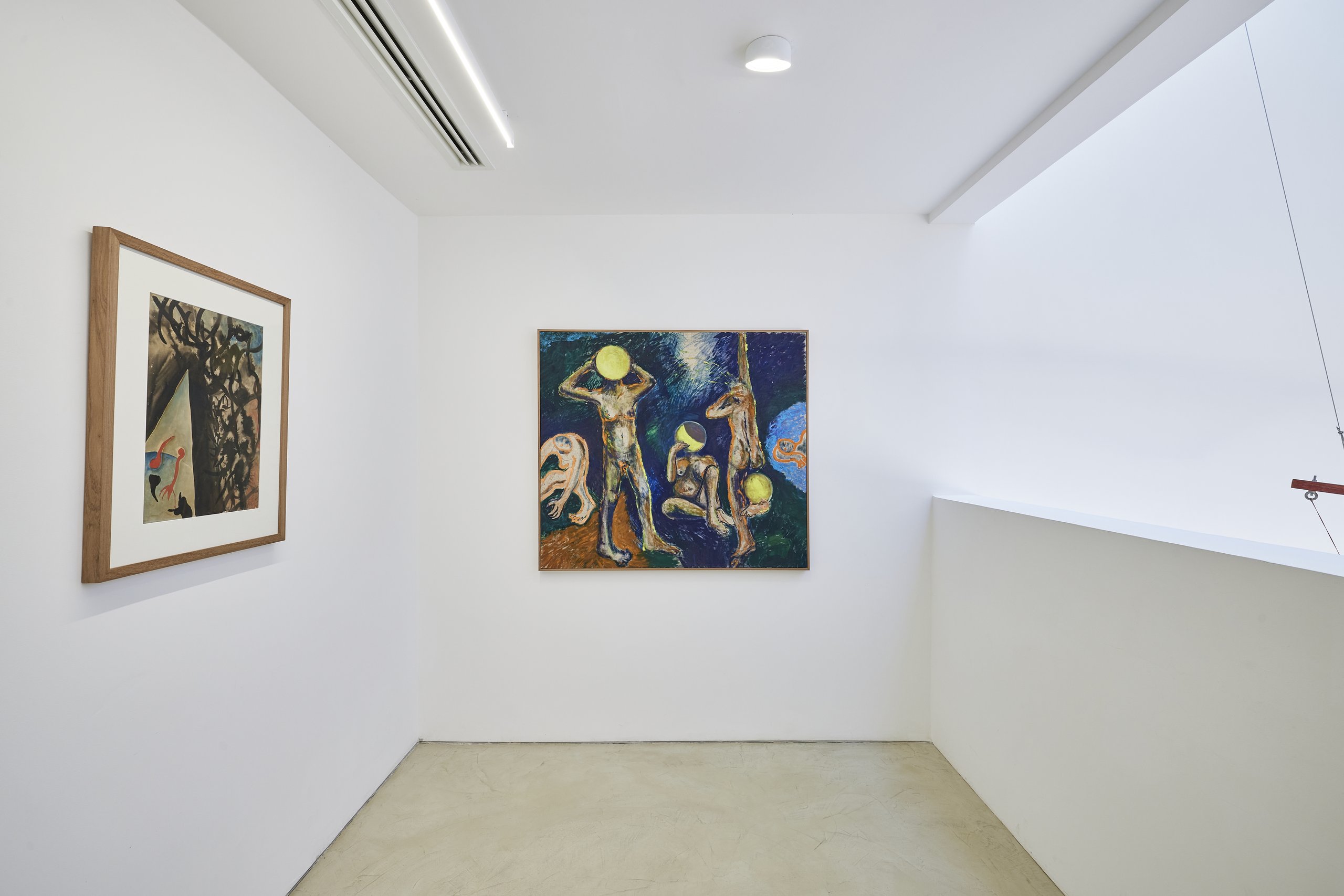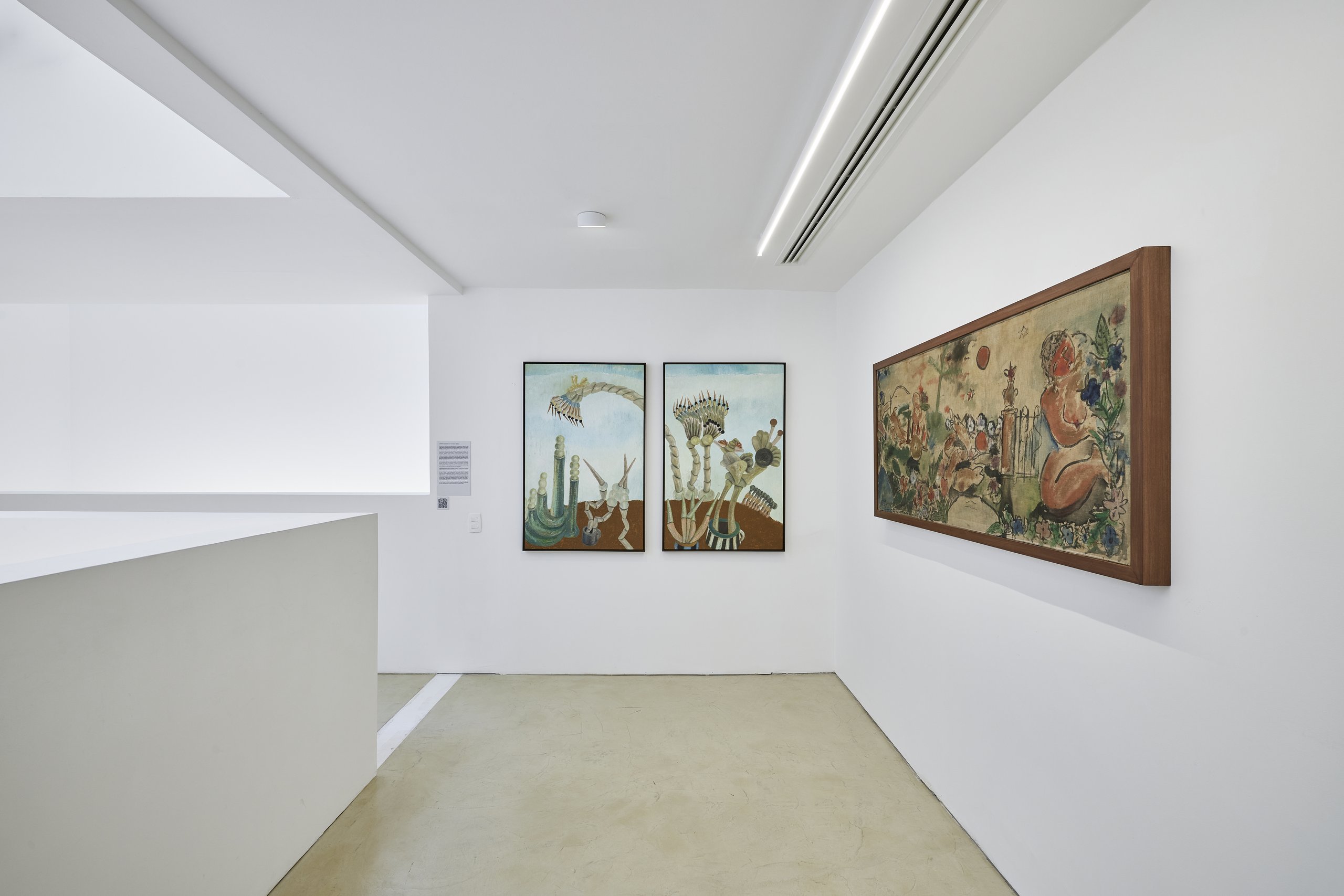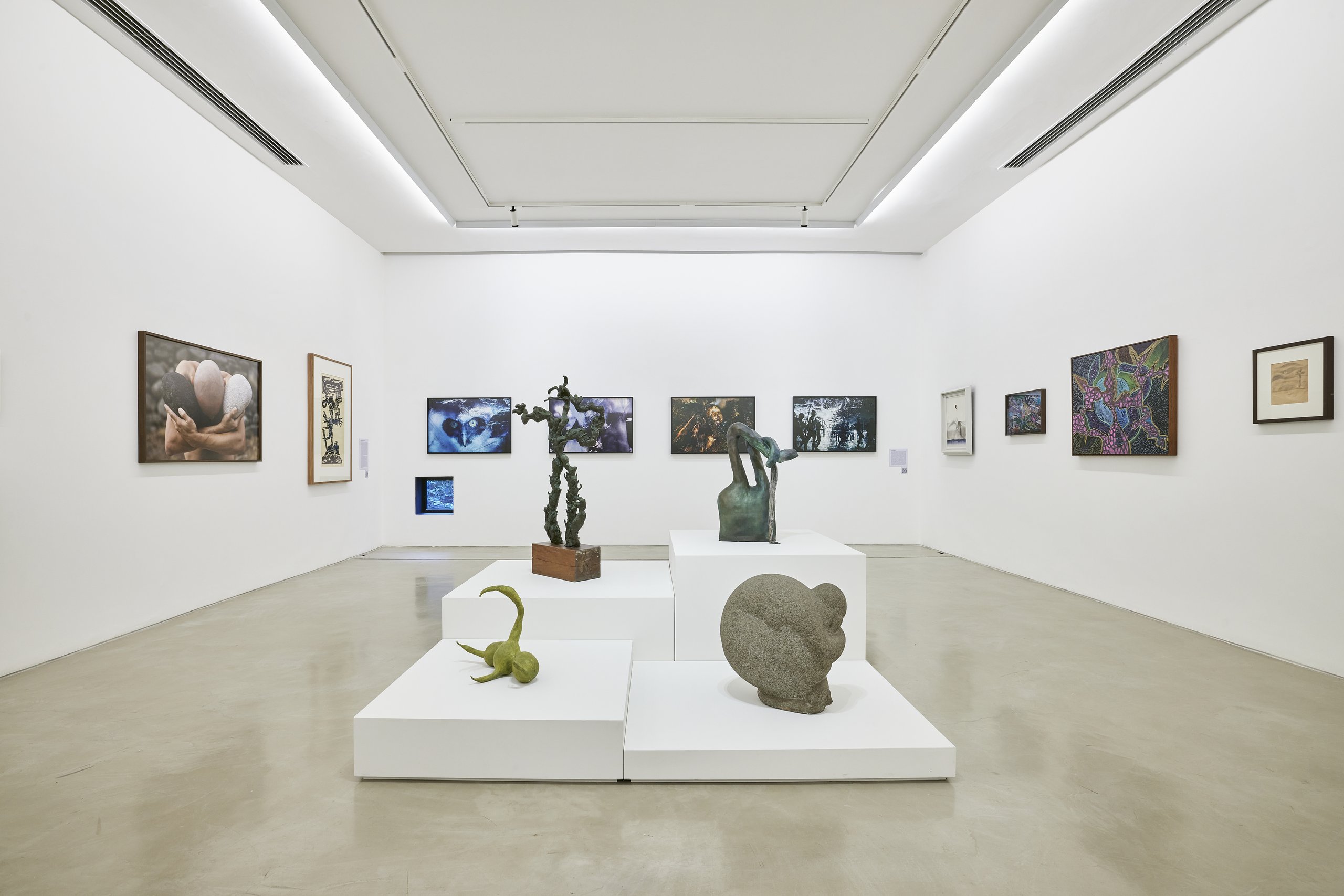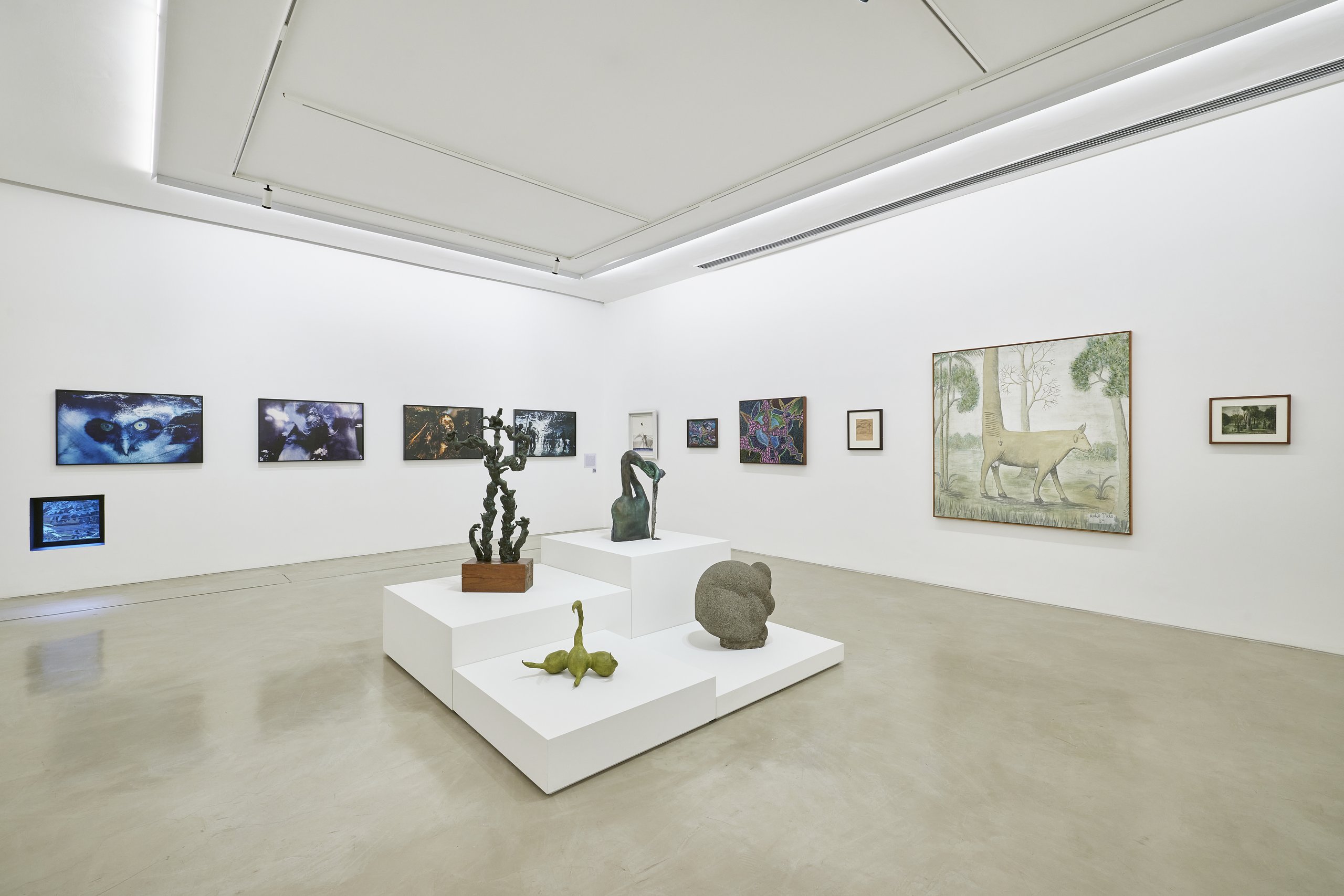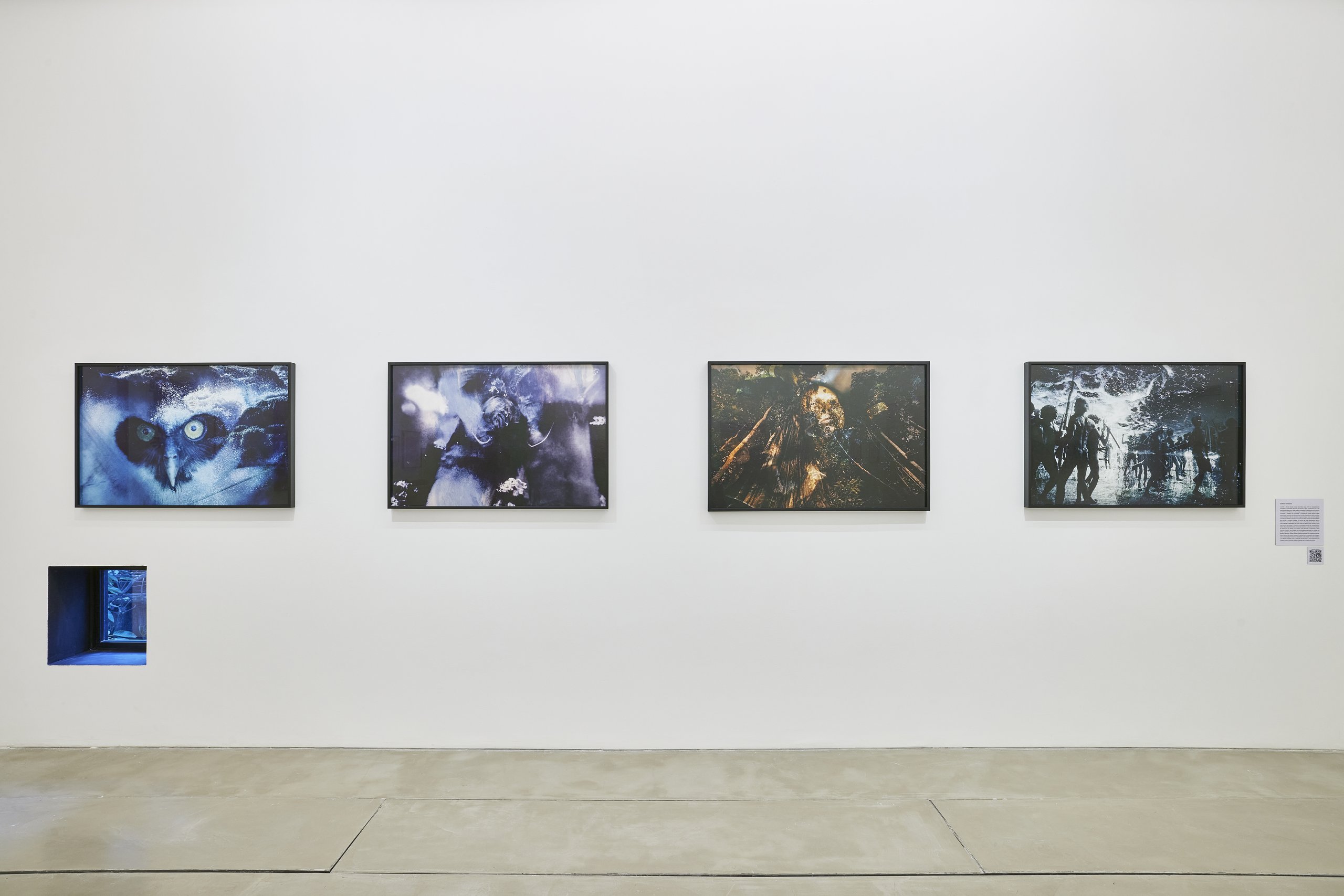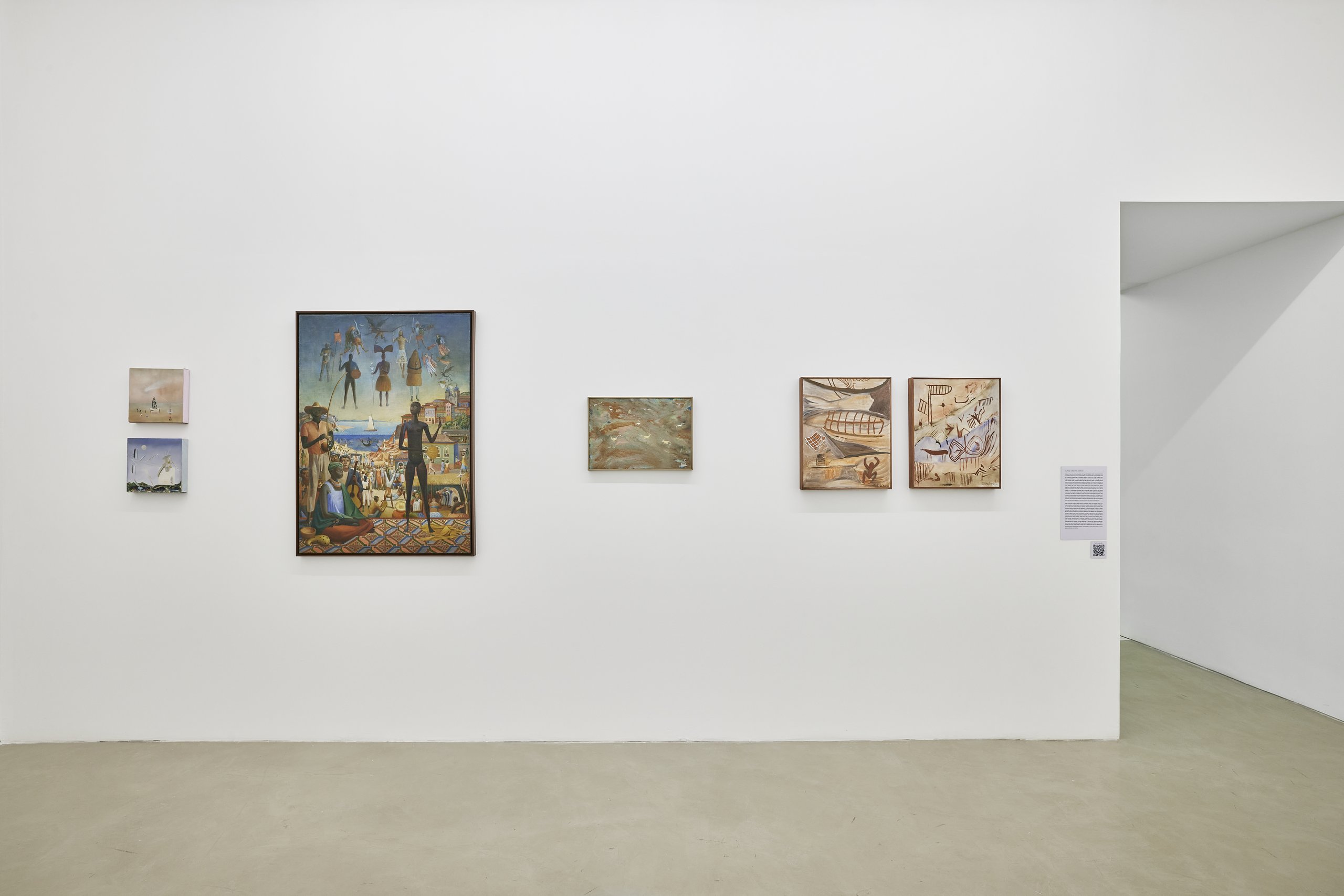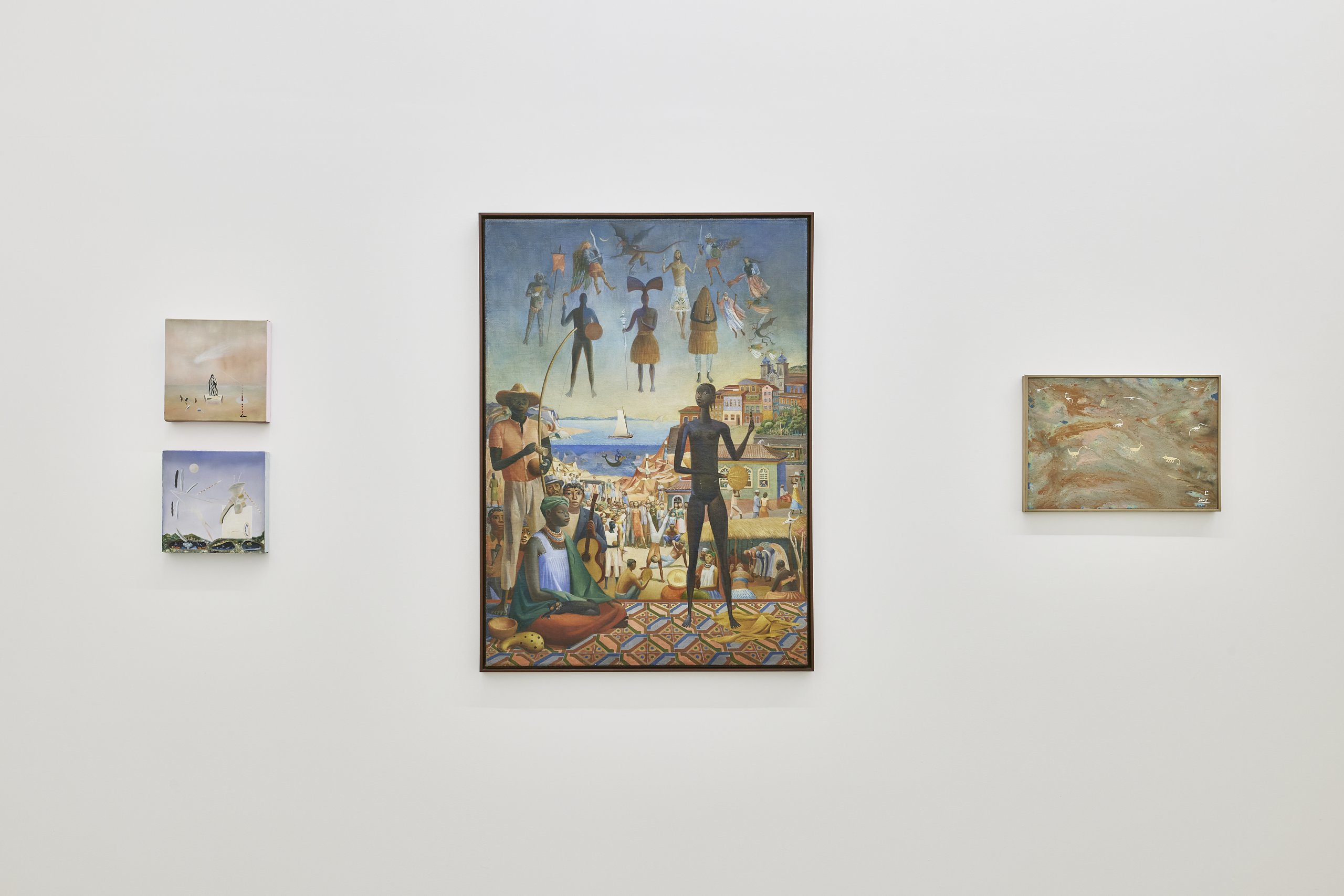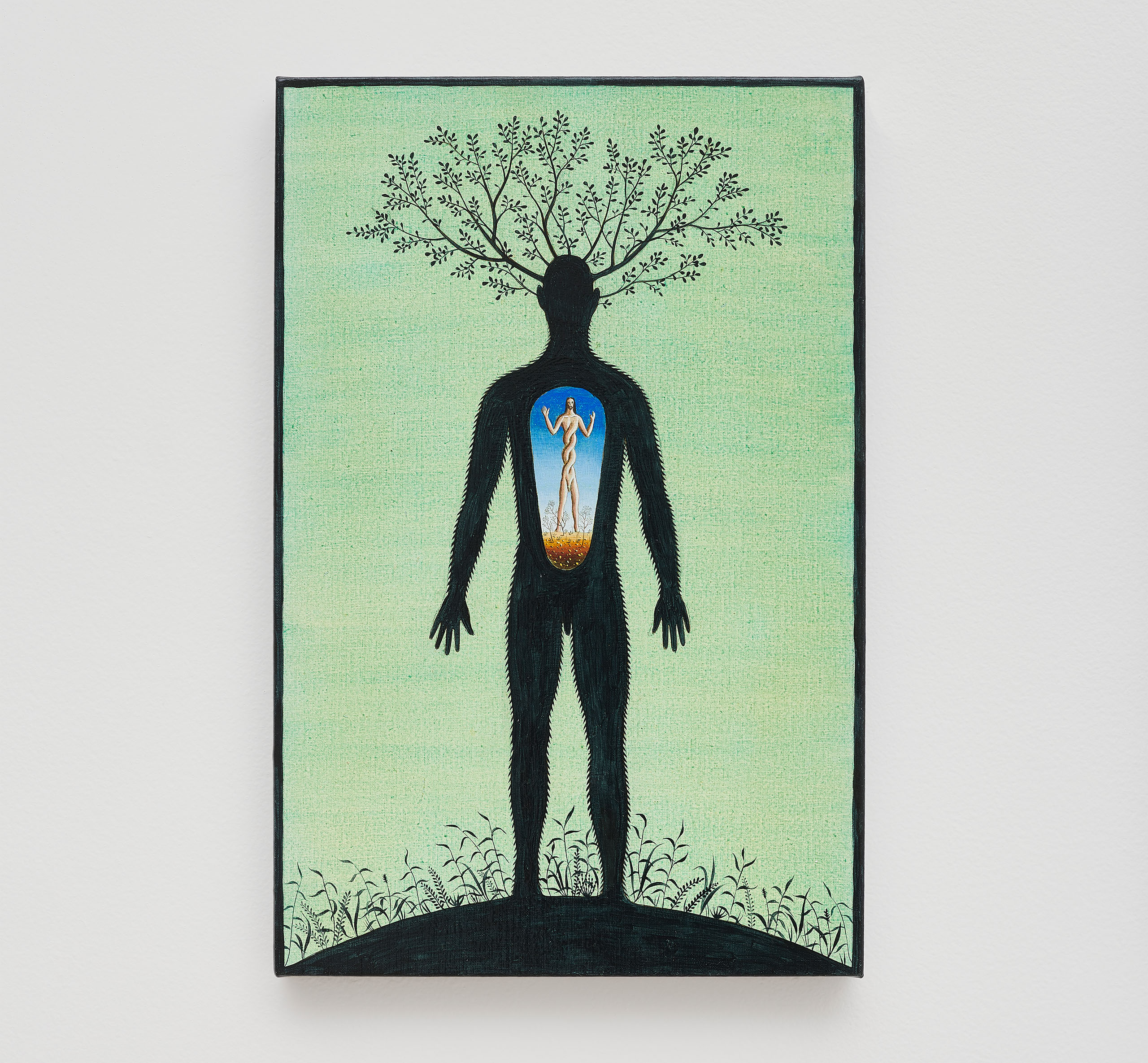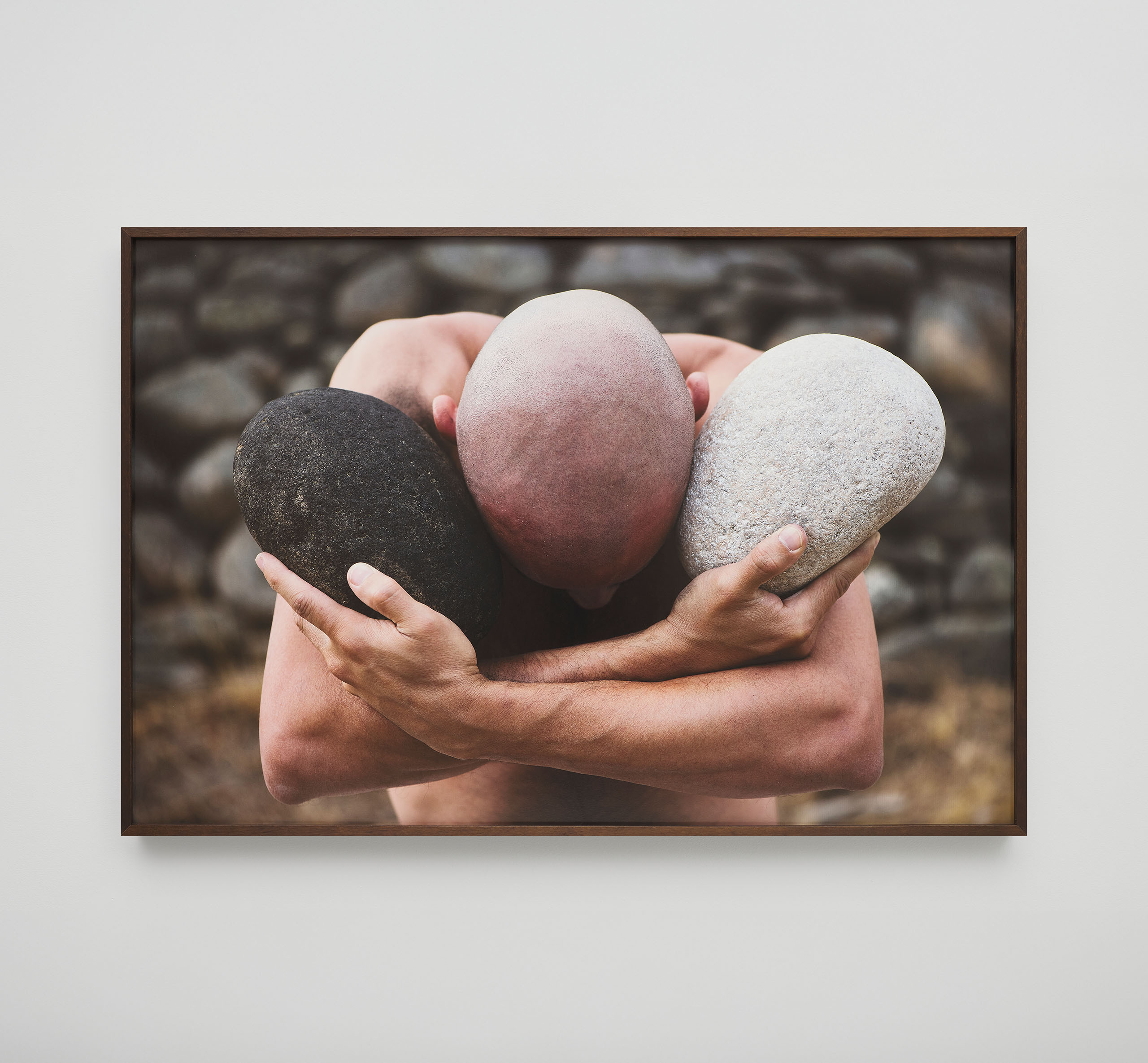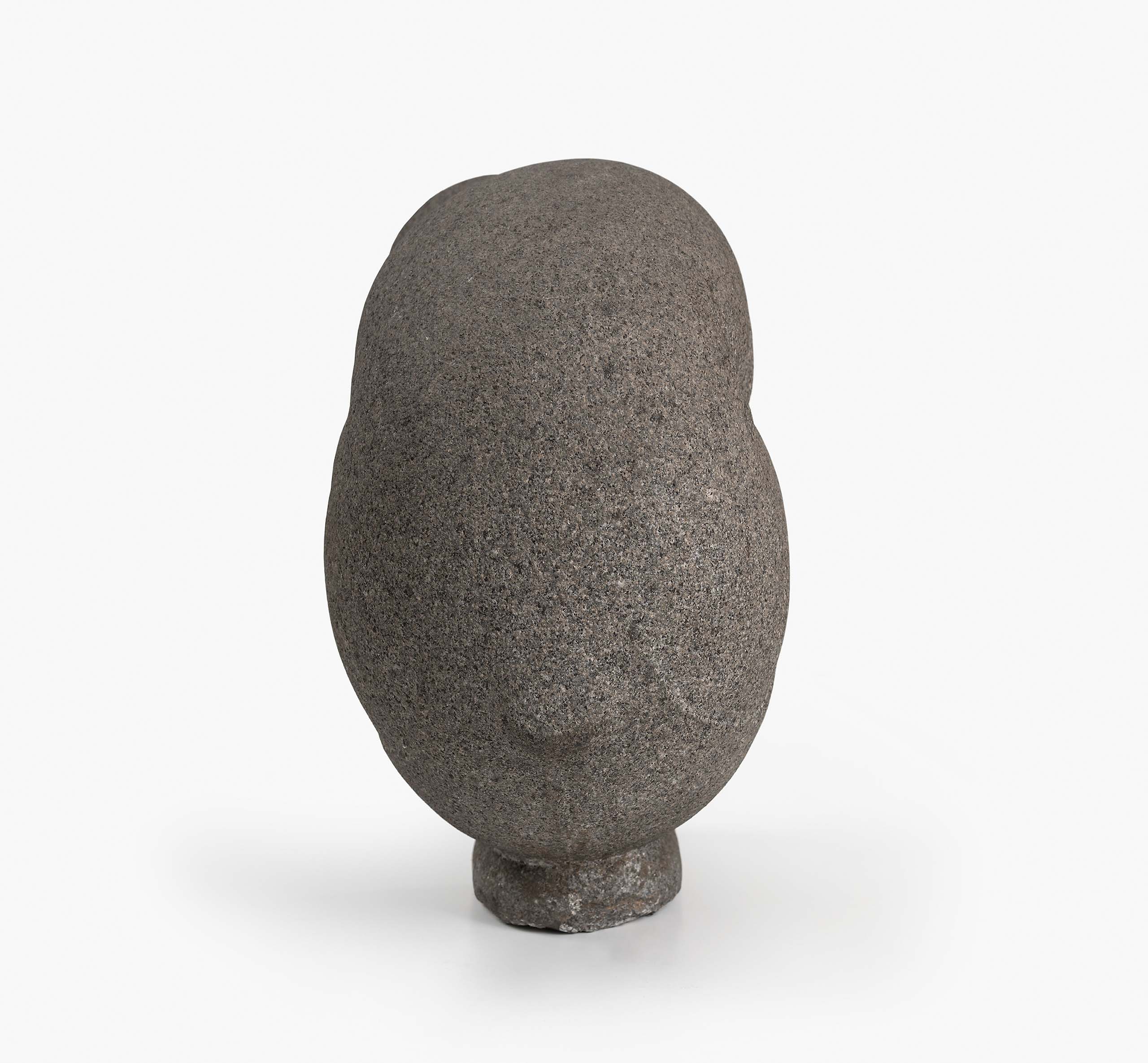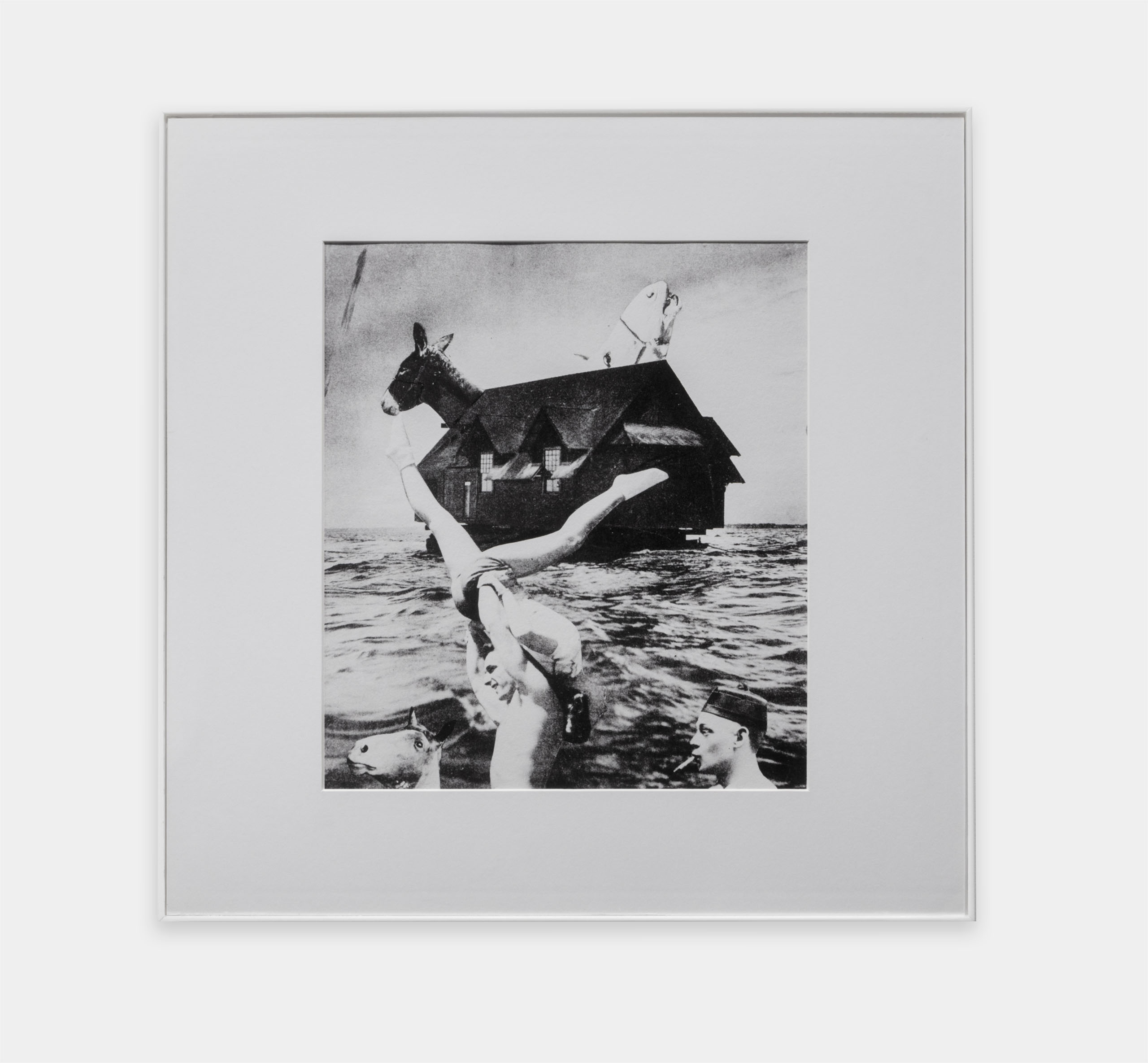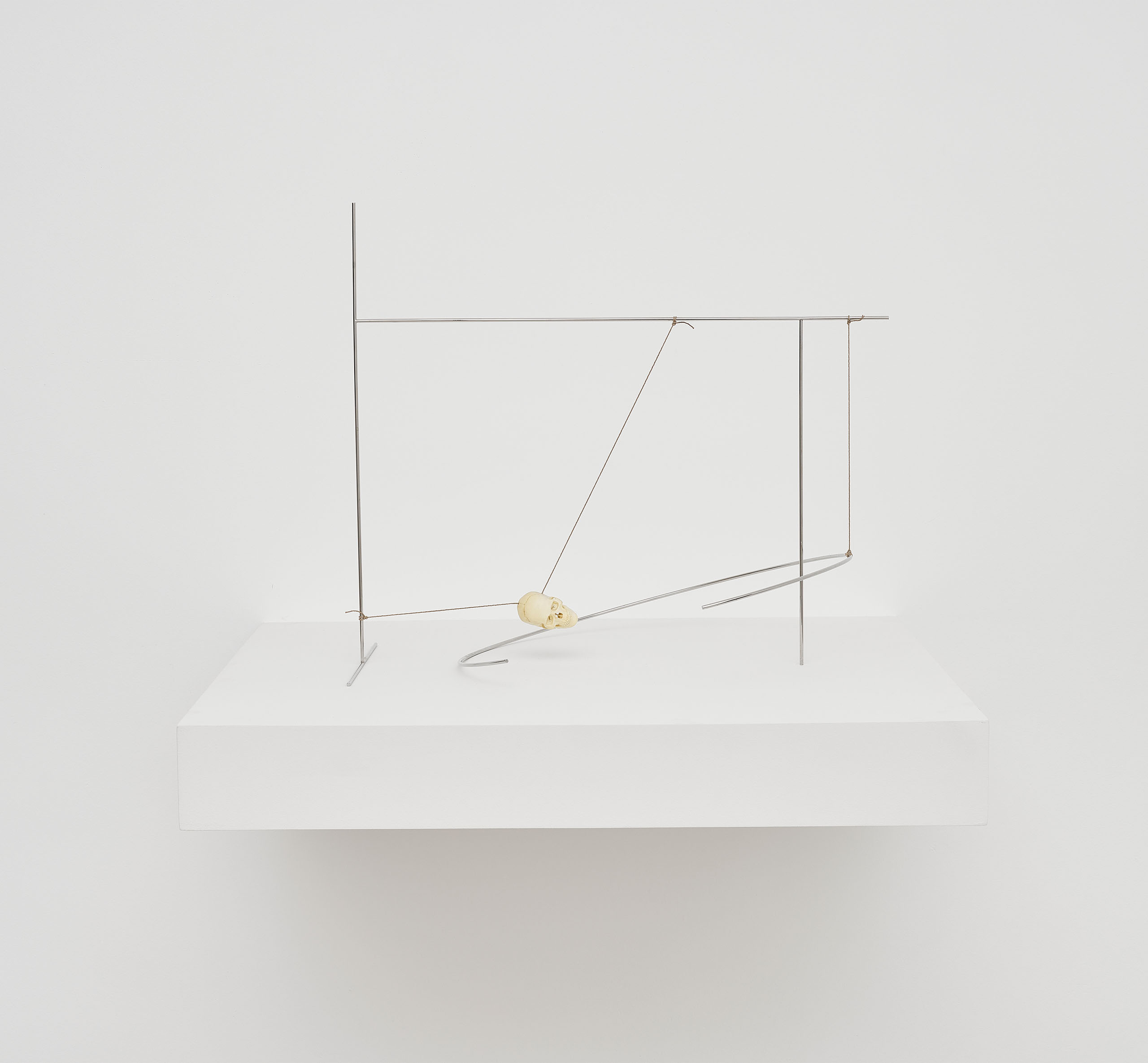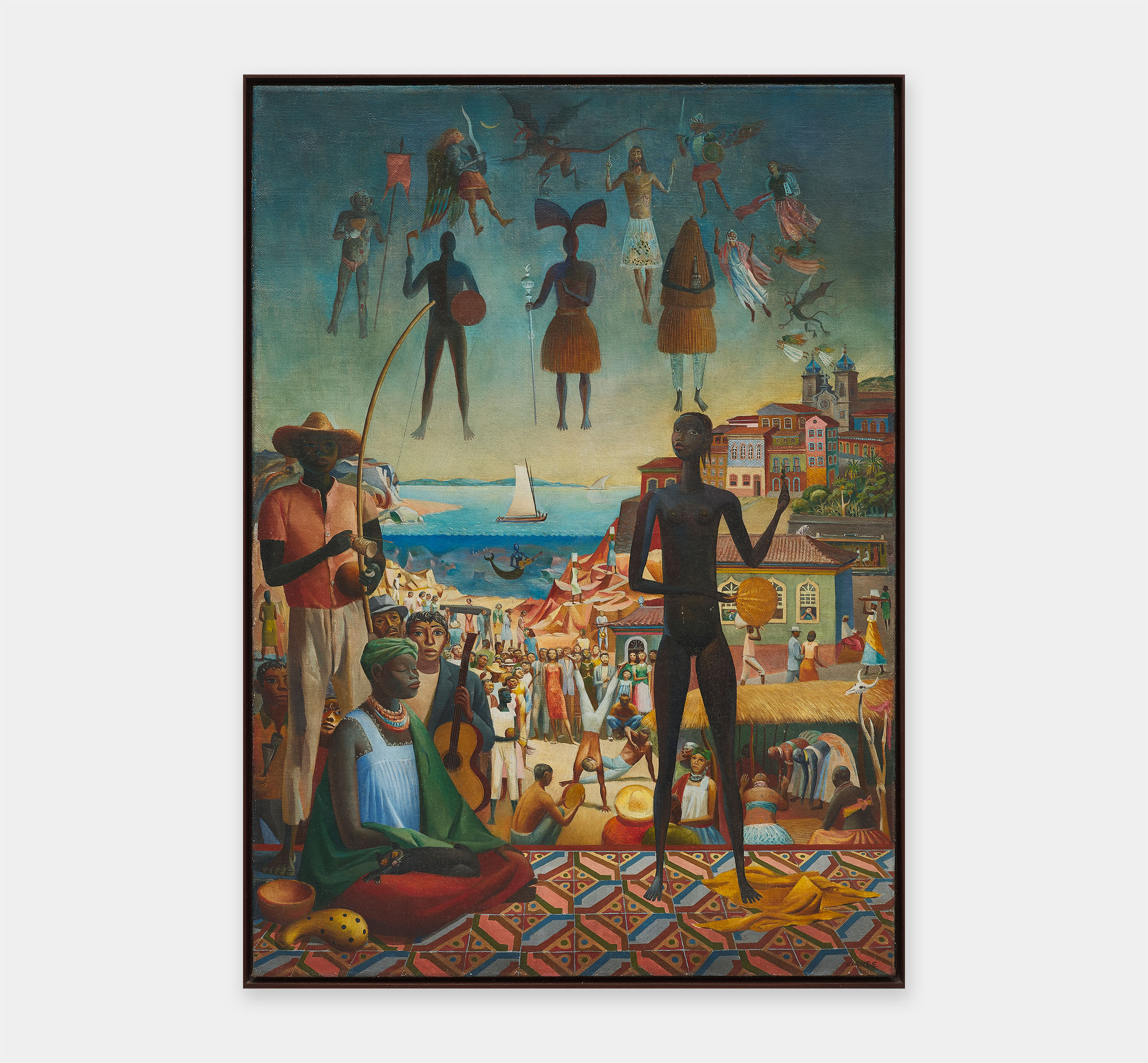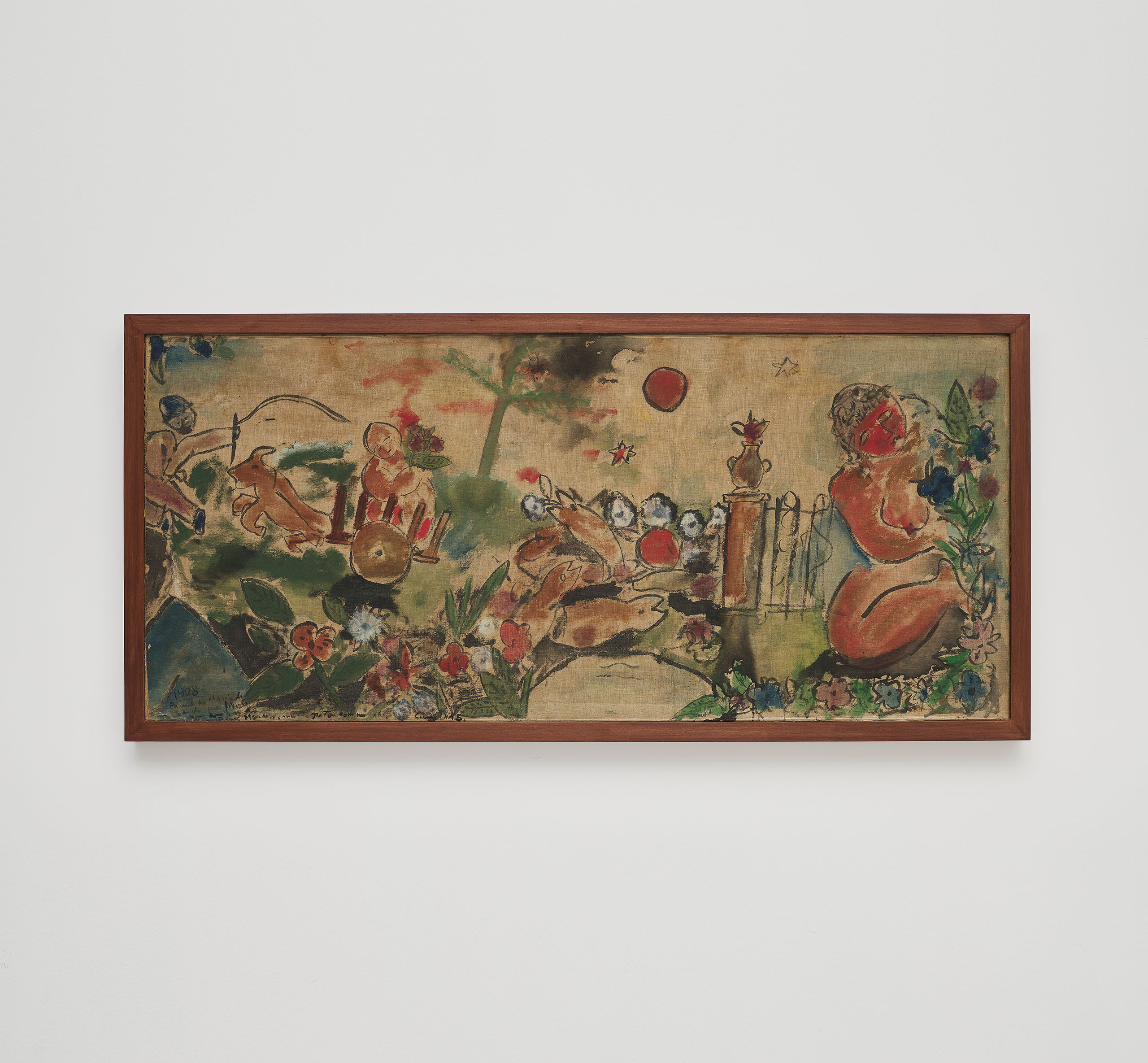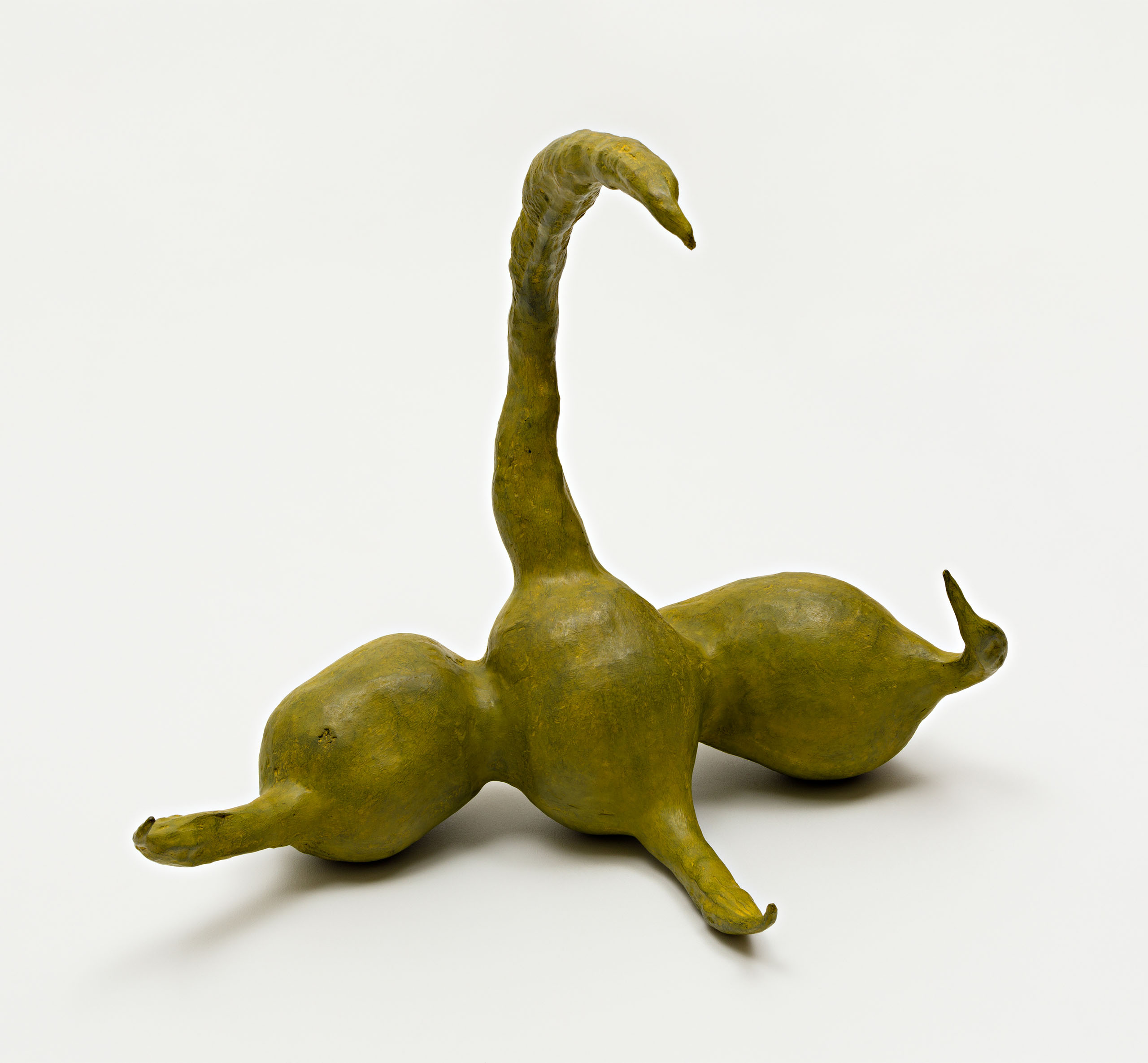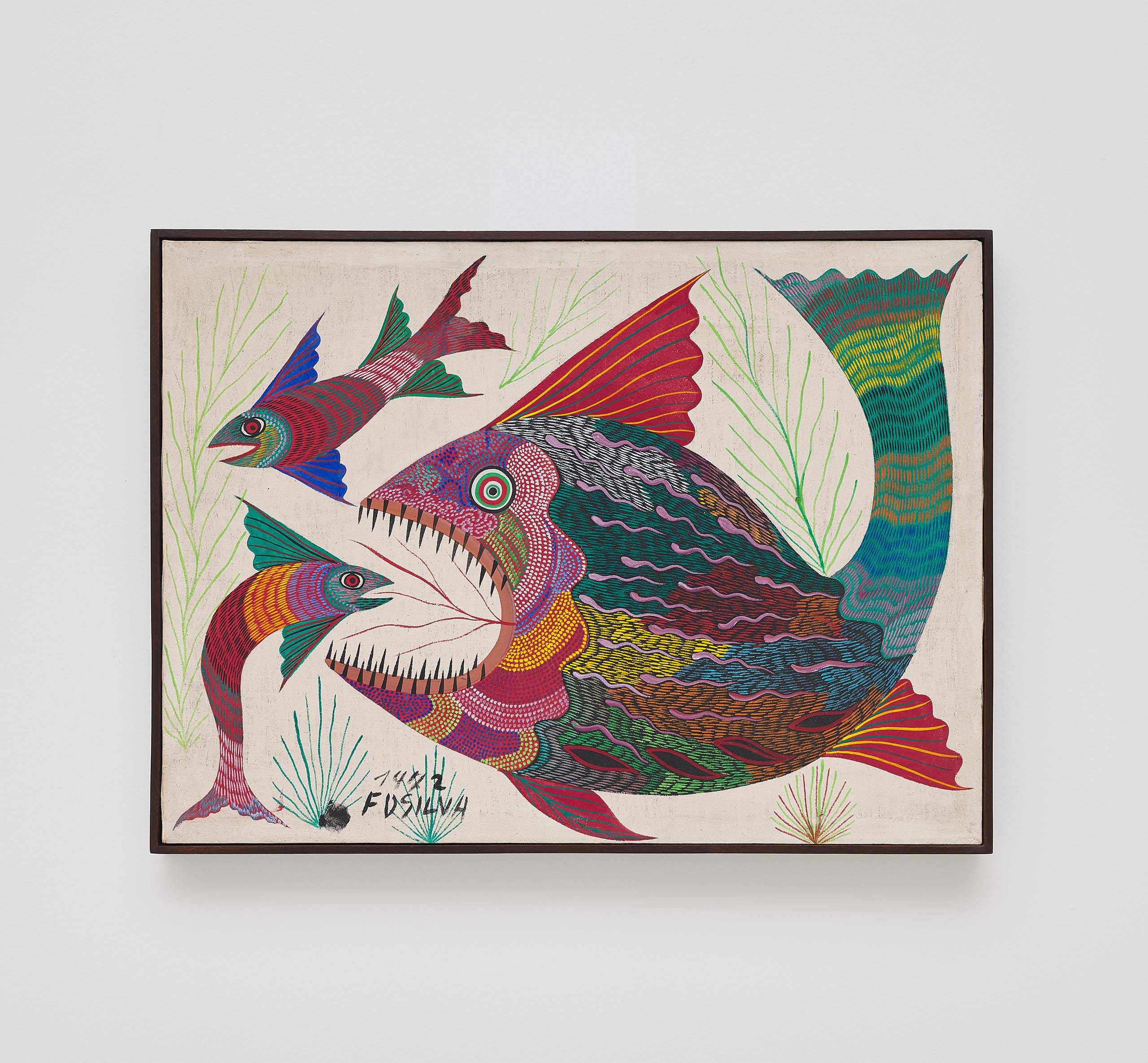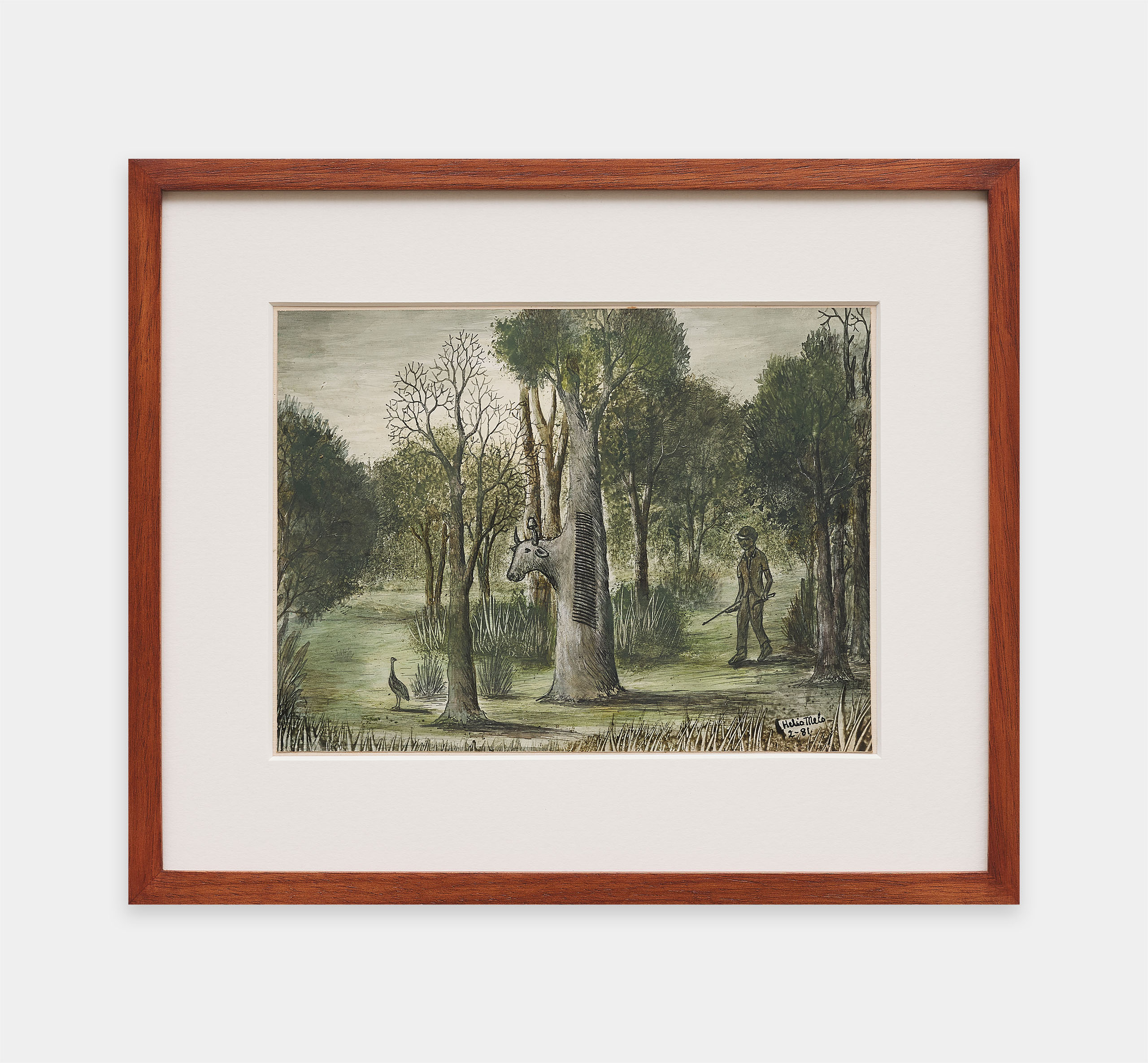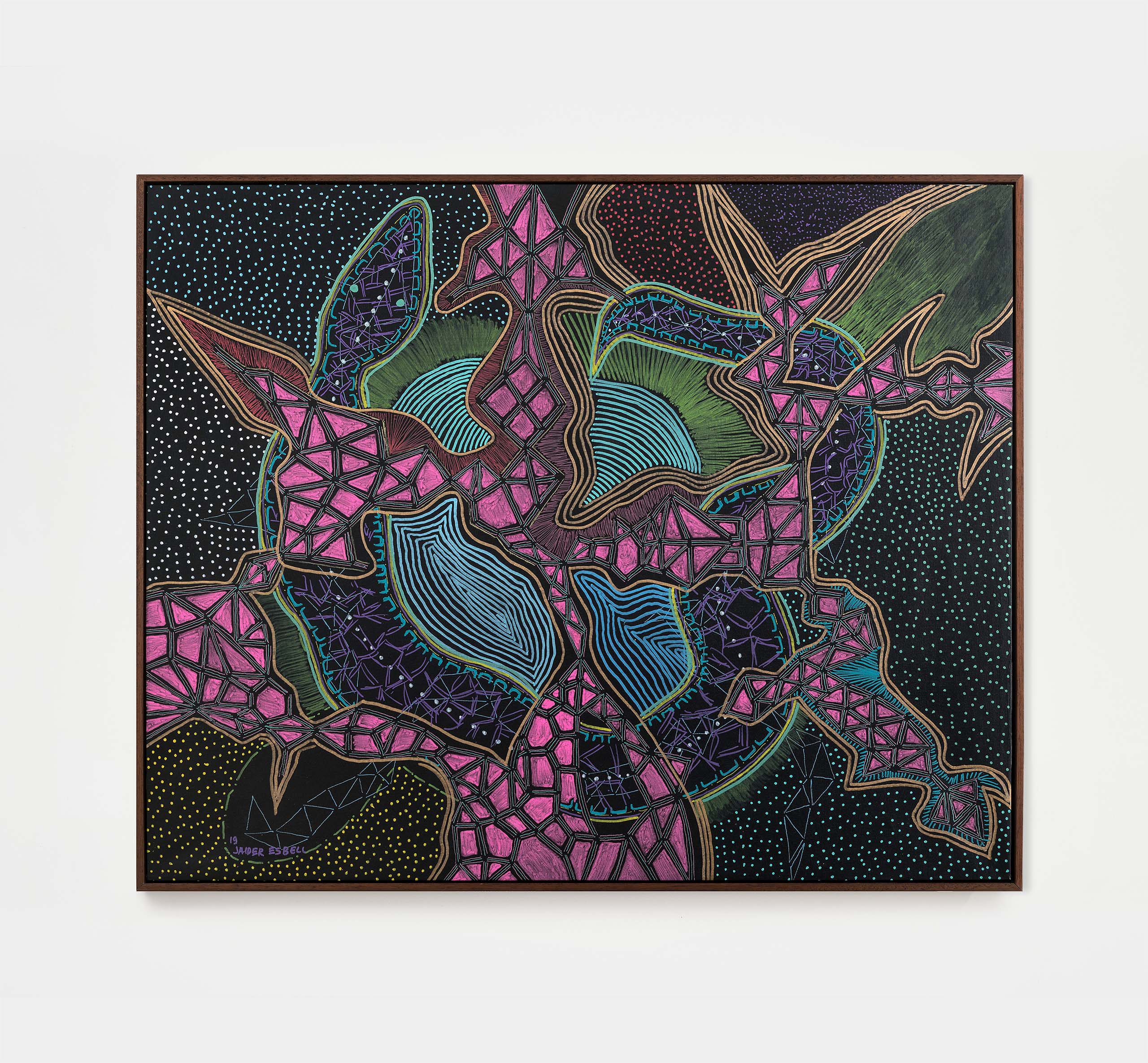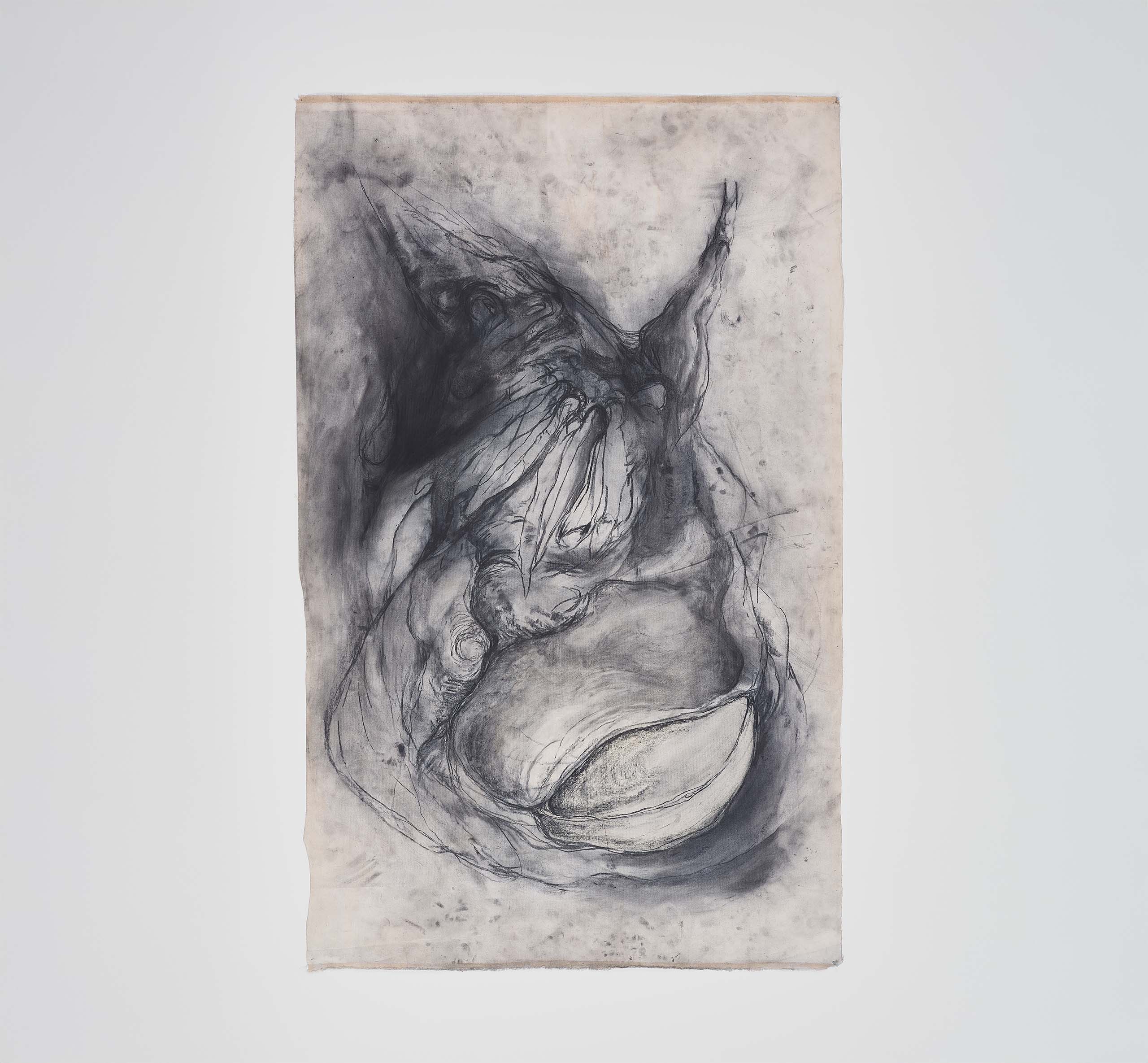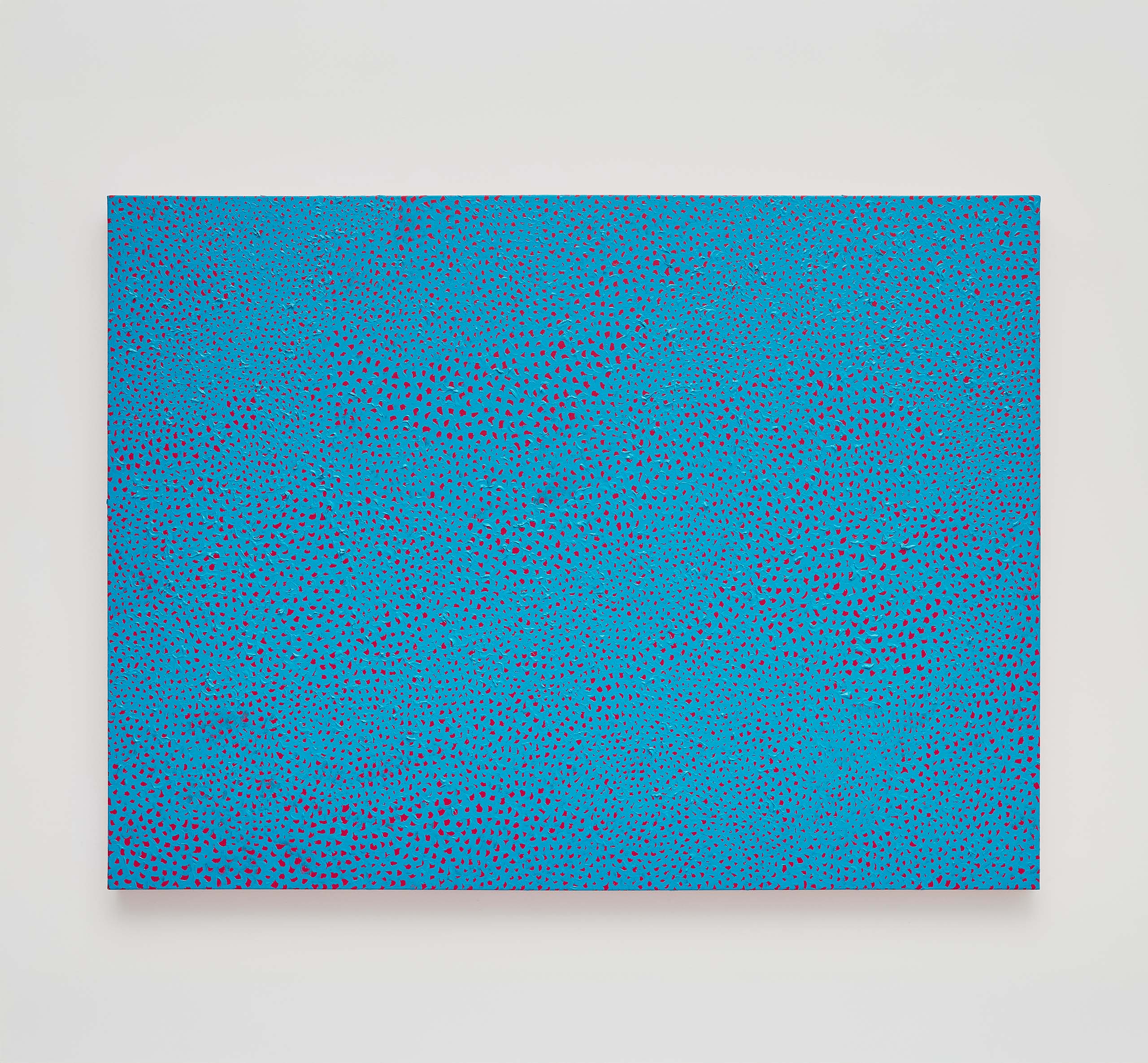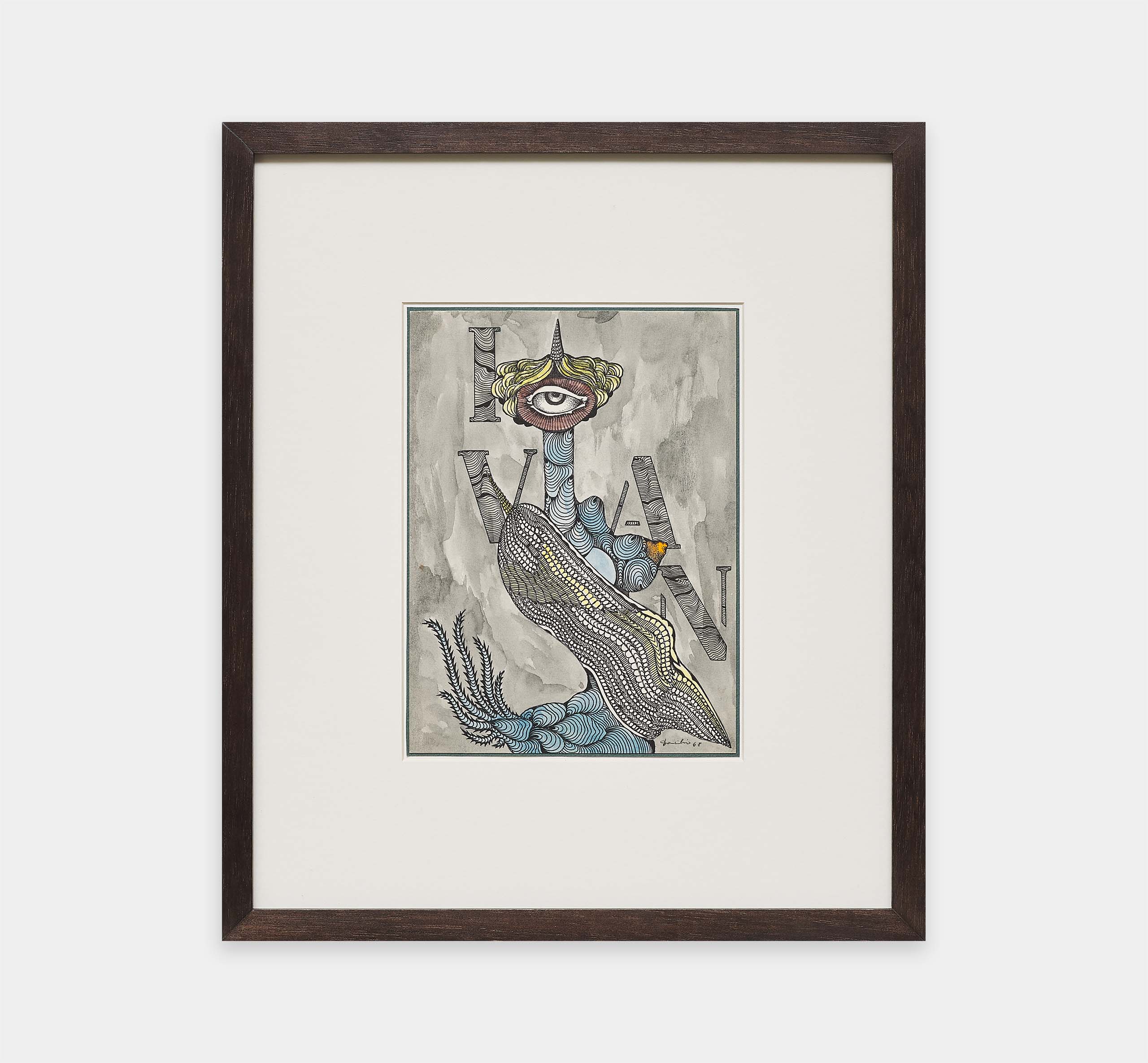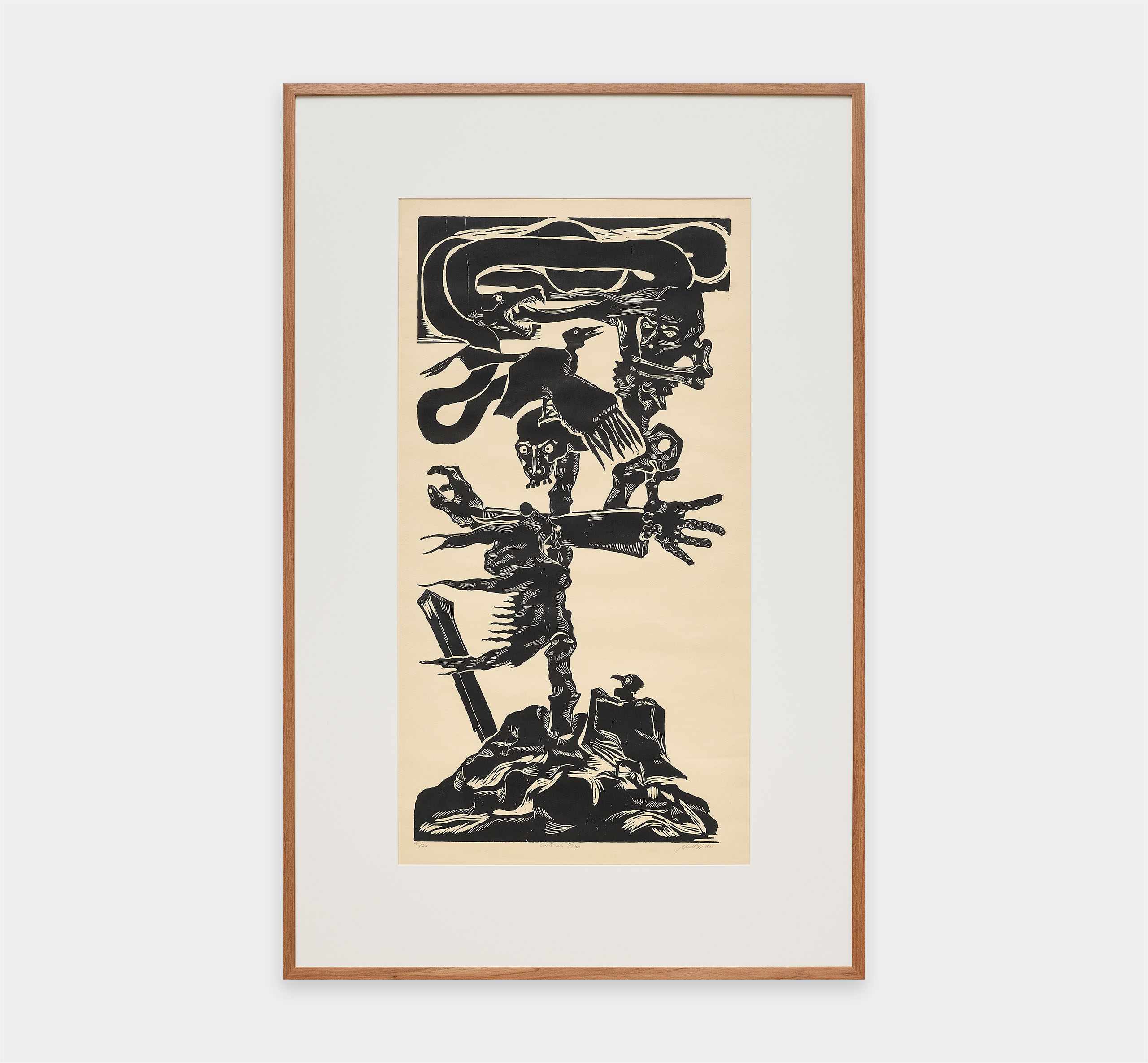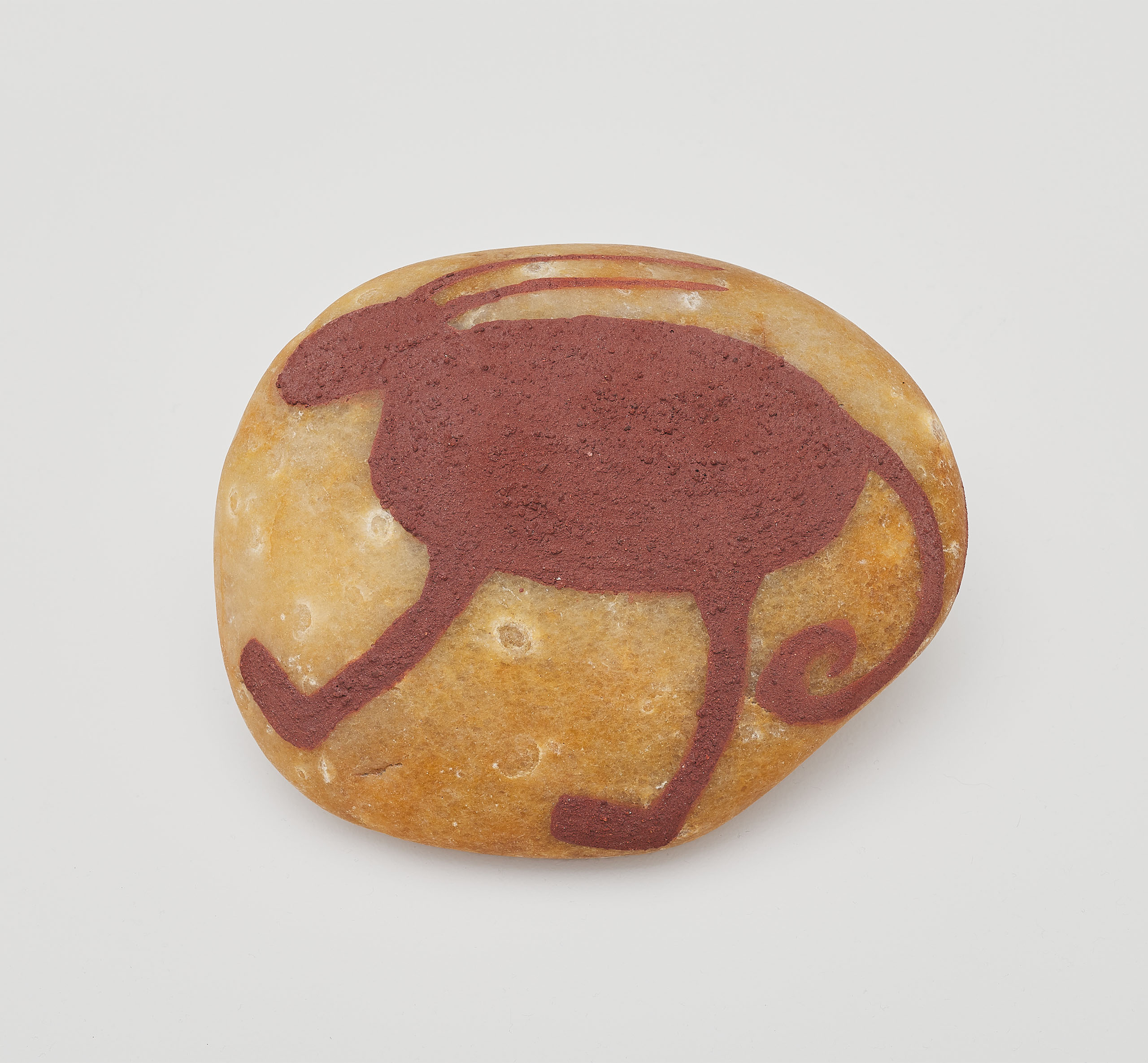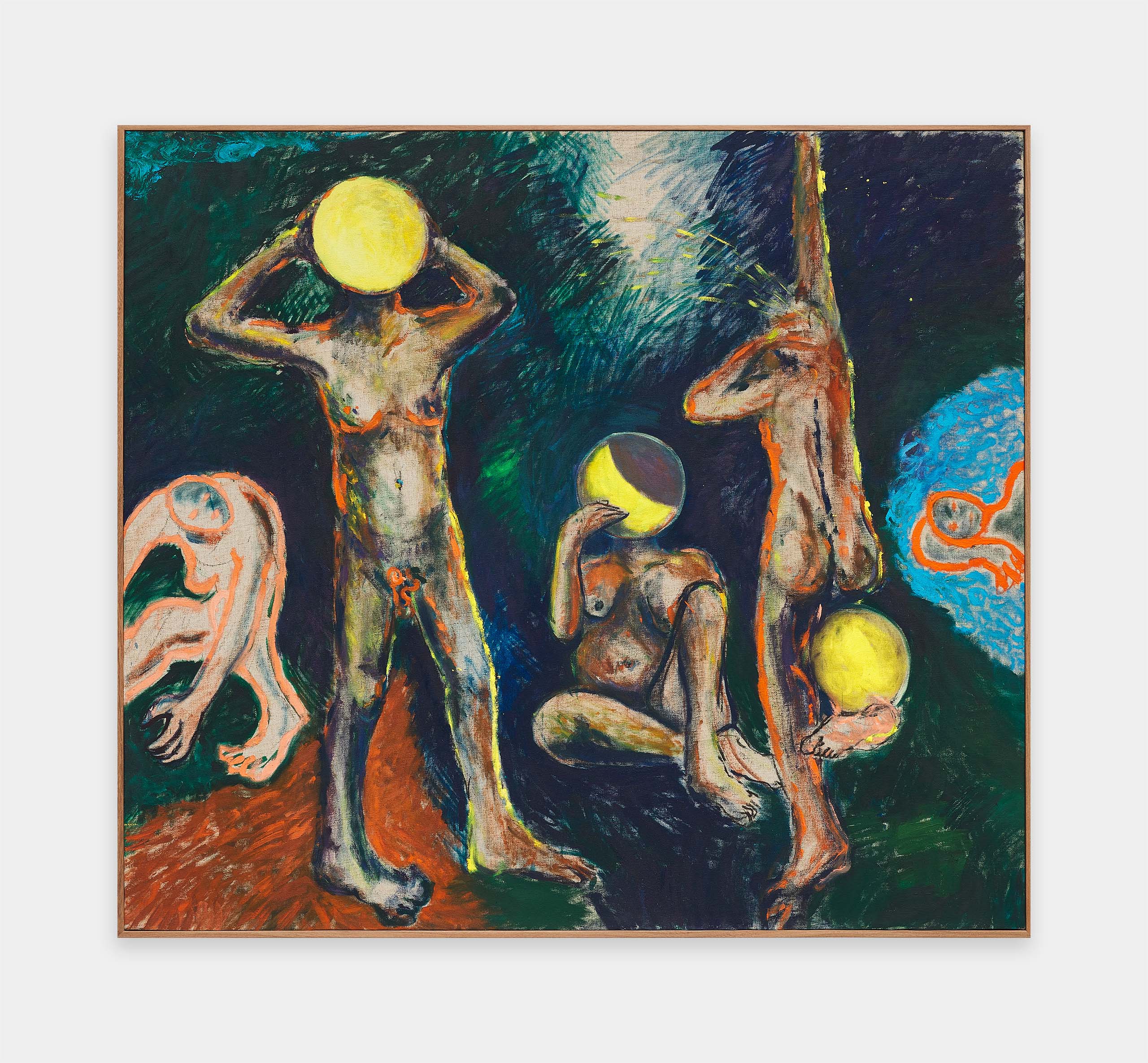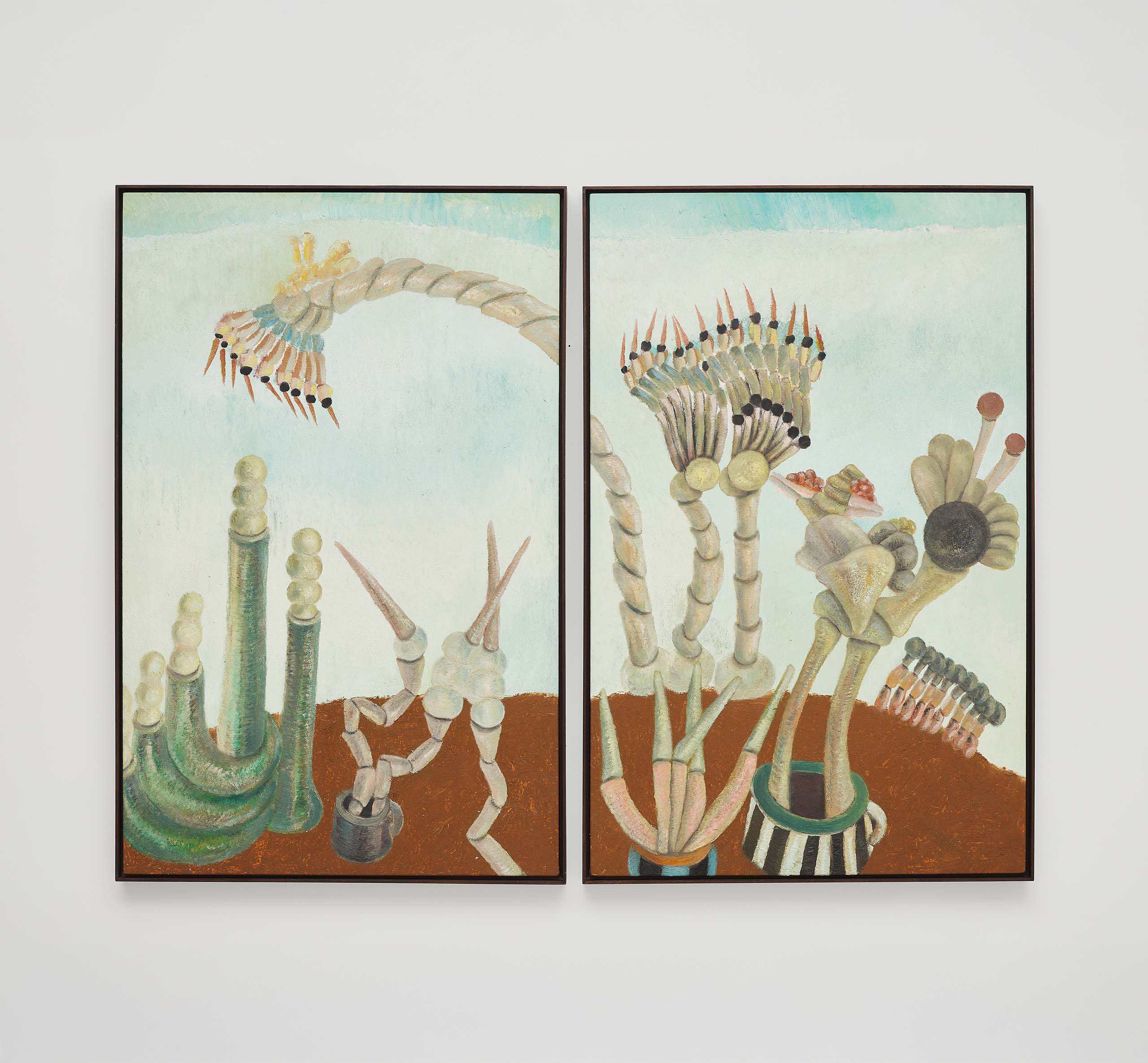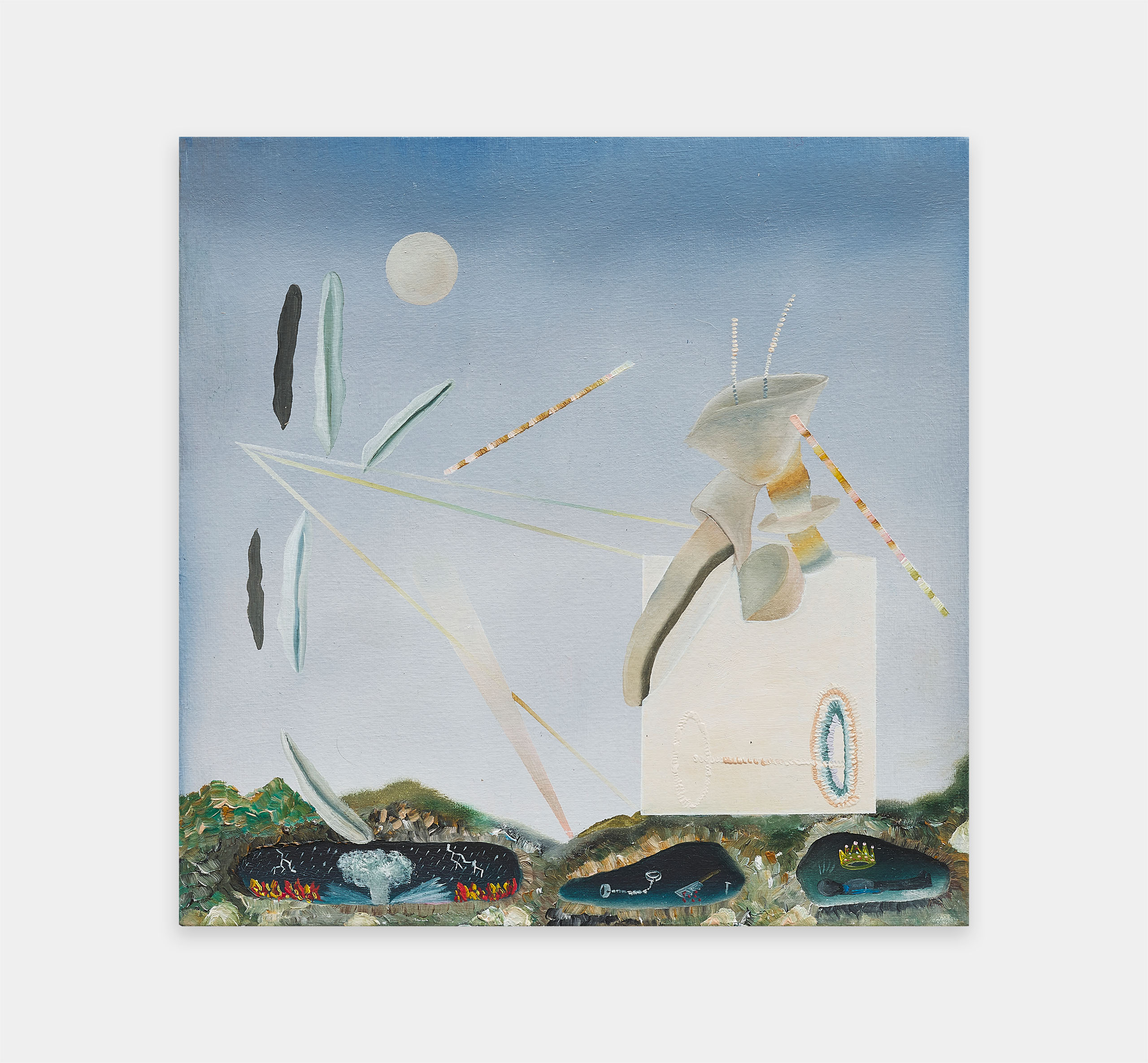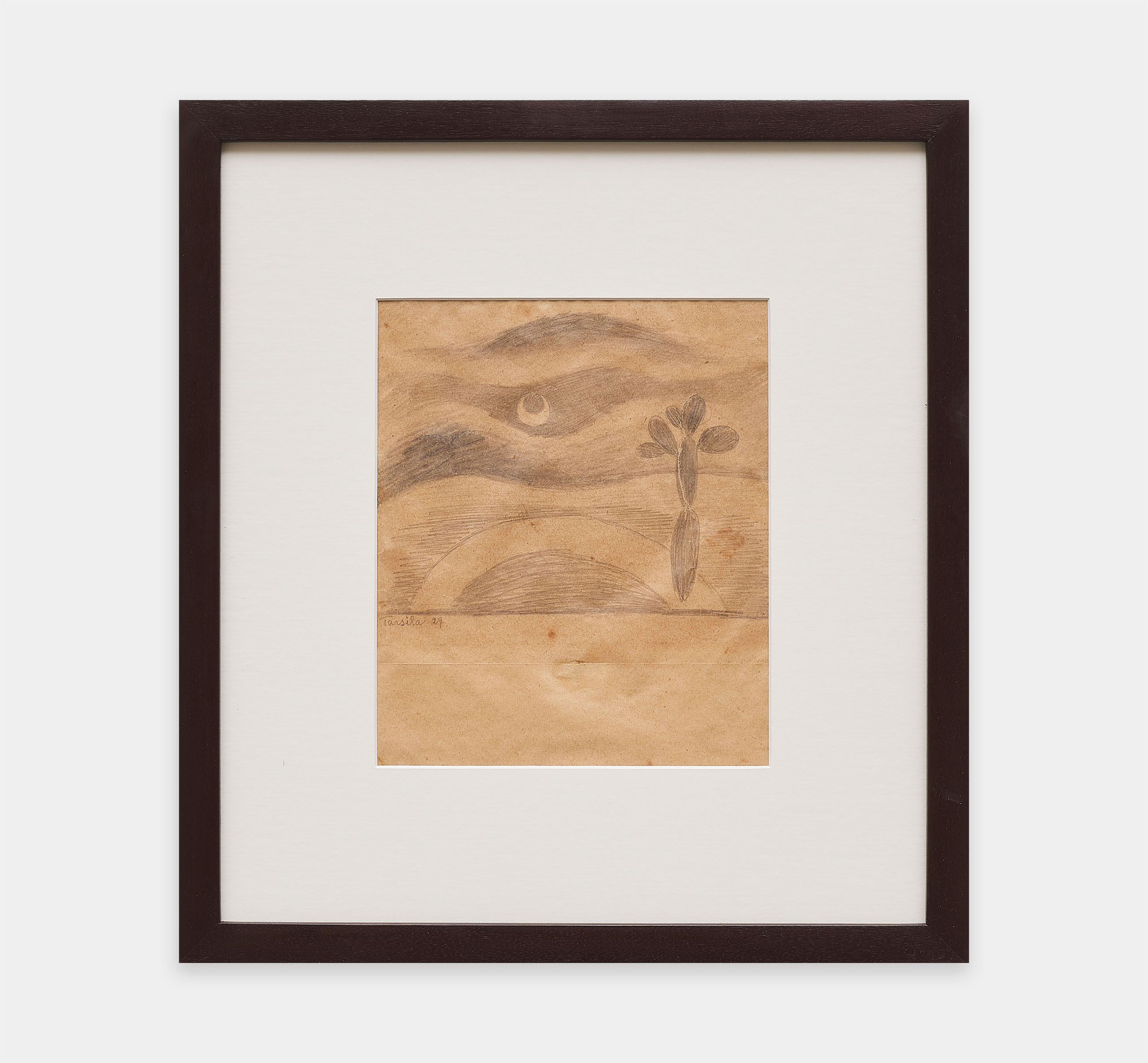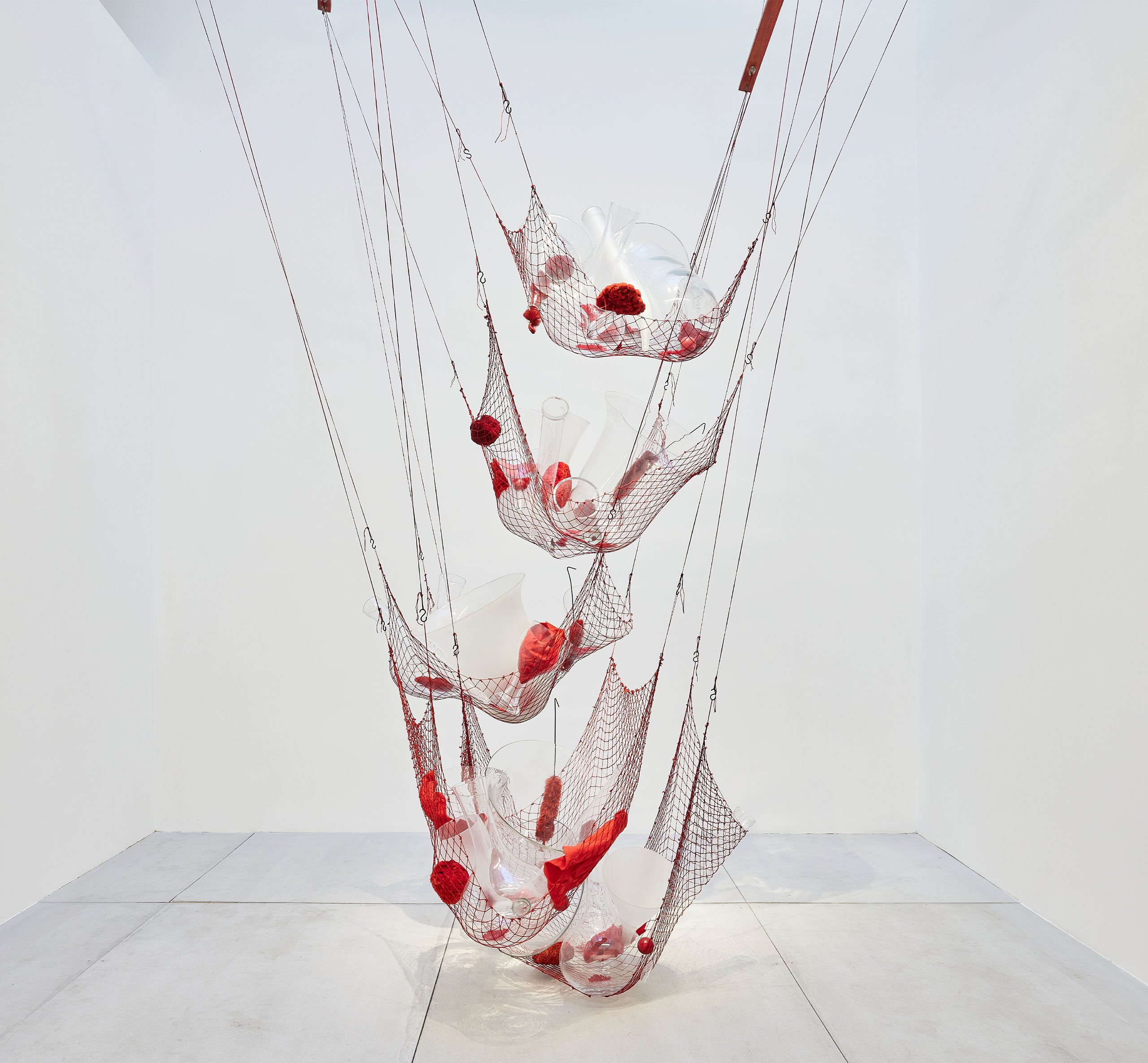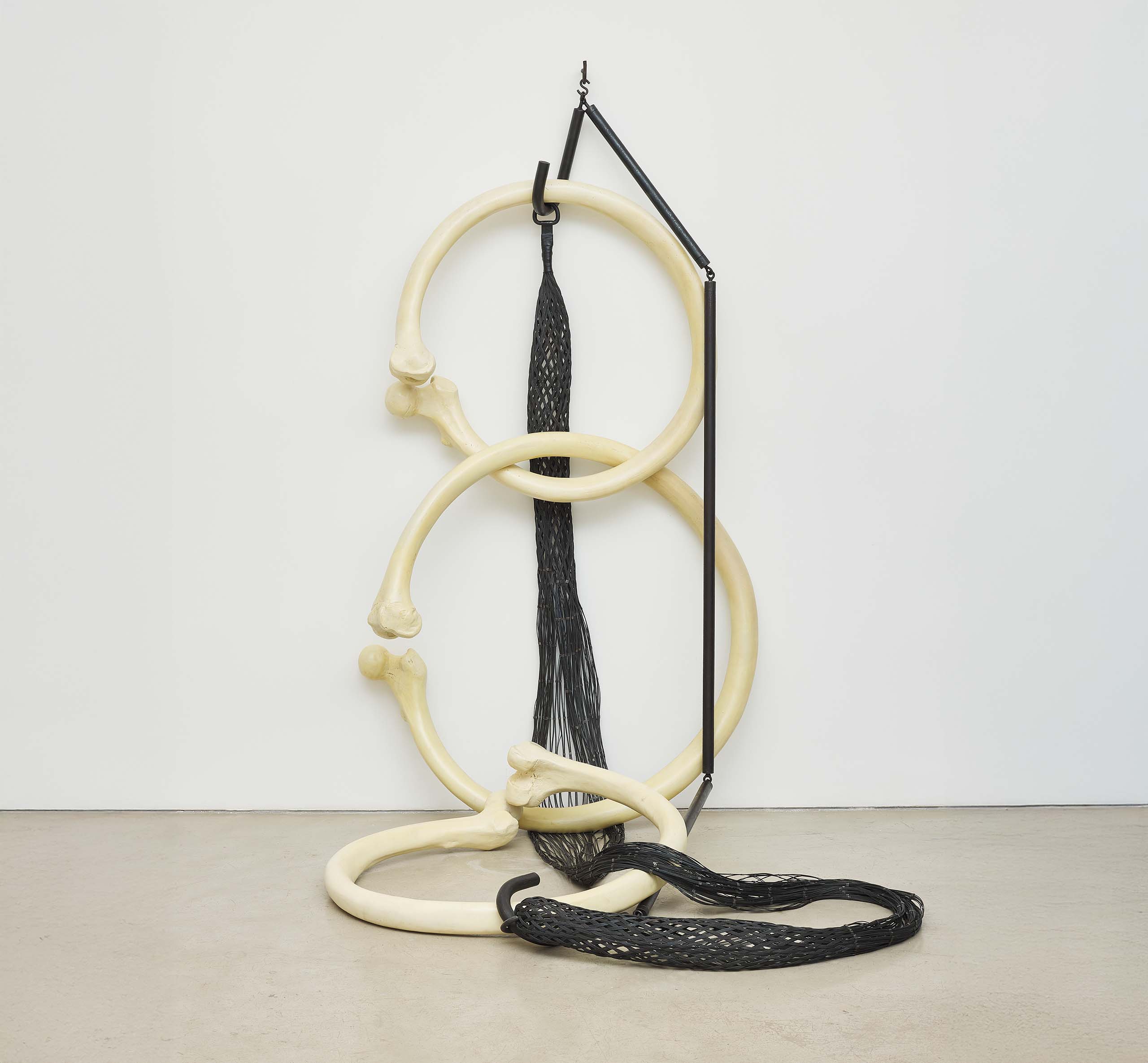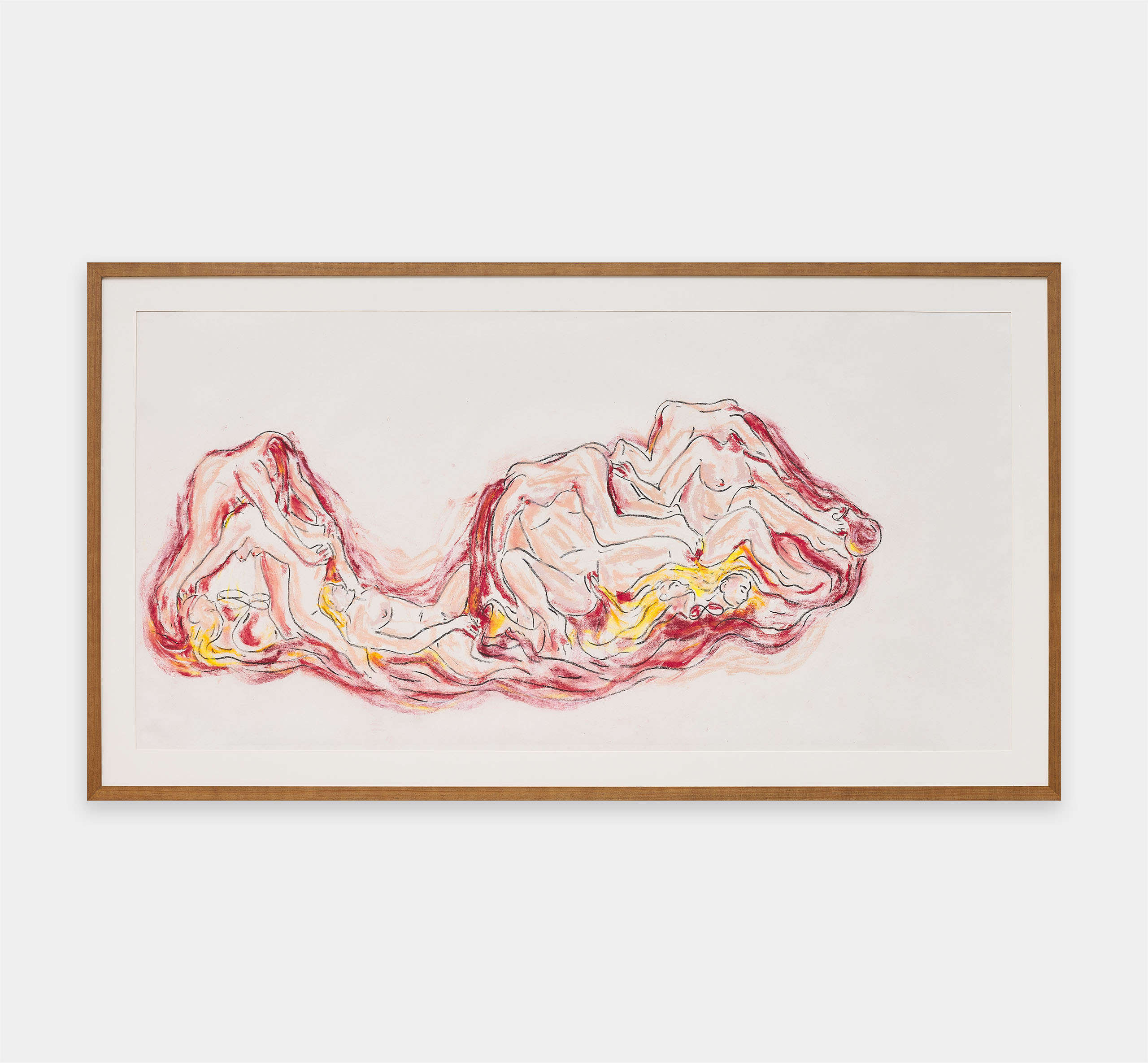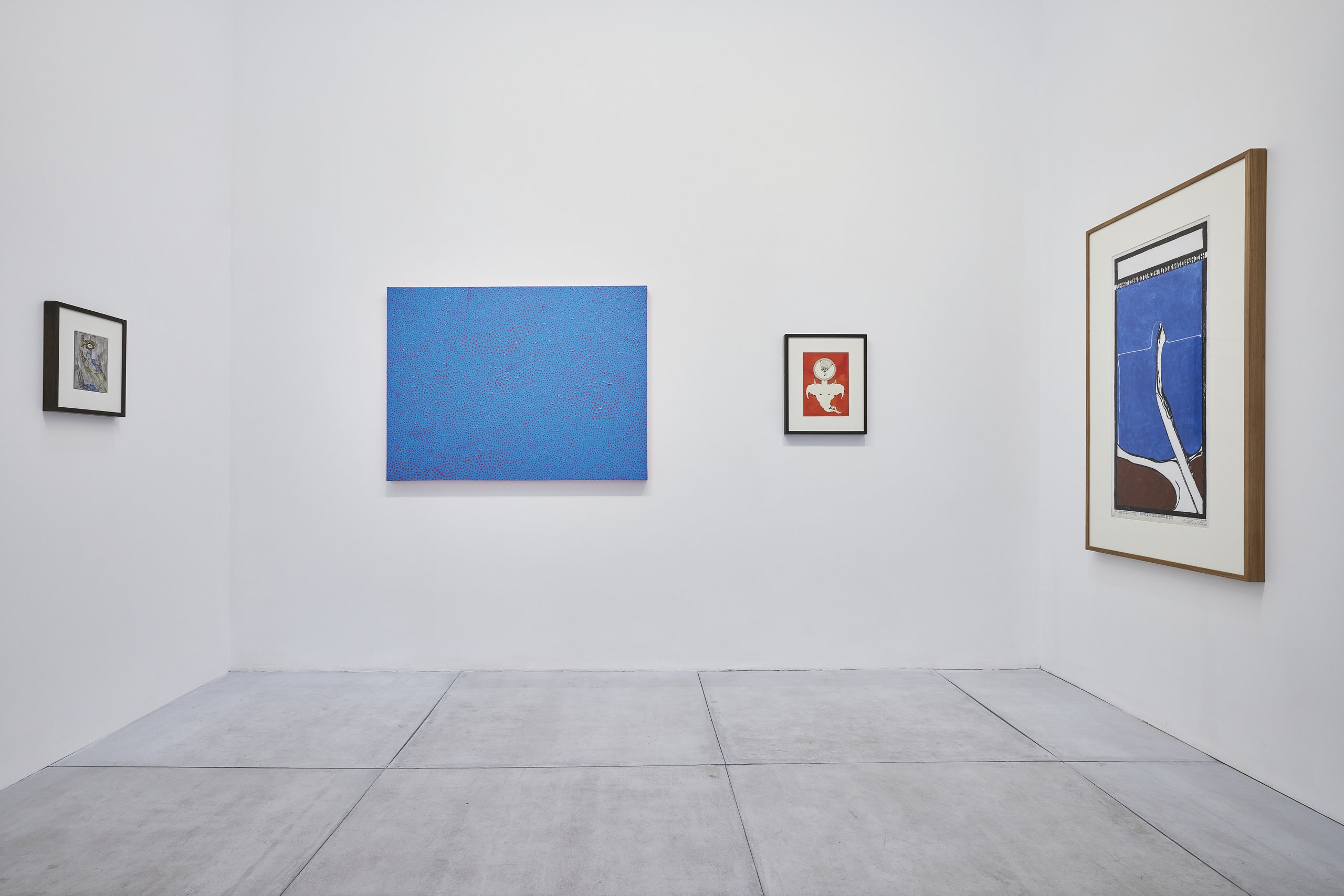
THE LIGHTNING-FILLED NIGHT: echoes of surrealism and other cosmologies
Why visit the echoes of surrealism today? Why approach alternative cosmologies to the Western paradigm now—in other words, different ways of organizing shared reality? Various recent diagnoses remind us that we live in a time marked by the dulling of imagination, the dilution of the corporeal dimension in our dealings with the world, the undermining of the realm of dreams, and the resistance to dialogue with differences.
In this context, dimensions such as eroticism, delirium, dreams, and alterity—all mobilized by the surrealist legacy and reimagined within what we call "other cosmologies"—gain central relevance. Curated by Luisa Duarte, the second group exhibition of Flexa spans a temporal arc beginning in the 1920s and extending to the present, bringing together artists whose works relate, in various ways, to these issues.
Contrary to a widespread understanding of surrealists, they were not so much interested in fabricating a fantastical parallel world as in establishing points of fracture in current reality, contributing to a sense of strangeness in the naturalness of all things. This movement, whose expression spreads from literature to visual arts, proposes critical ways of thinking about and experiencing reality, which is why their proposals still provide us with insights for understanding the present.
The exhibition shifts certain historical narratives that consider the impact of the surrealist movement in Brazil to be limited, highlighting how its poetic procedures continue to resonate in the country’s contemporary art. At the same time, it brings to light some differences between the historical context in which surrealism emerged and the current moment, observing the social and cultural mutations that have occurred since then.
The exhibition is divided into four sections. They are
Eroticism and Death, represented by artists such as Tunga, Waltercio Caldas, Ismael Nery, Maria Martins, Julia Gallo, Maria Lídia Magliani, and Flávio de Carvalho.
Universe of Dreams and Oneiric Activity, featuring names like Cícero Dias, Marc Chagall, and Rayana Rayo.
Zones of Delirium, showcasing works by Yayoi Kusama, Manuel Messias dos Santos, and Darcílio Lima.
Alterity and Other Cosmogonies, which puts into dialogue works by Chico da Silva, Maria Lira Marques, Claudia Andujar, Hélio Melo, and Jaider Esbell, among others.
The first part of the exhibition's title was extracted from the First Manifesto of Surrealism, published exactly 100 years ago by André Breton (1896-1966). The image of a night capable of harboring the day, contained in the fragment “the night of flashes,” underscores the importance of the transit between the logic of dreams and the logic of wakefulness as a means to transform our relationship with what has been conventionally called "reality." In this context, it proposes dialogues with recent efforts to elicit the emergence of narratives stemming from alternative cosmologies to the Western paradigm, as indicated in the exhibition's subtitle.
Artists
Alex Červený
Alvim Corrêa
Athos Bulcão
Carybé
Chico da Silva
Cícero Dias
Claudia Andujar
Darcílio Lima
Diambe
Flávio de Carvalho
Glauco Rodrigues
Hélio Melo
Ismael Nery
Jaider Esbell
Julia Gallo
Manuel Messias
Maria Lídia Magliani
Maria Lira Marques
Maria Martins
Nilda Neves
Paloma Bosquê
Pedro França
Rayana Rayo
Rebecca Sharp
Rodrigo Braga
Tarsila do Amaral
Tunga
Victor Brecheret
Waltercio Caldas
Yayoi Kusama
WORKS
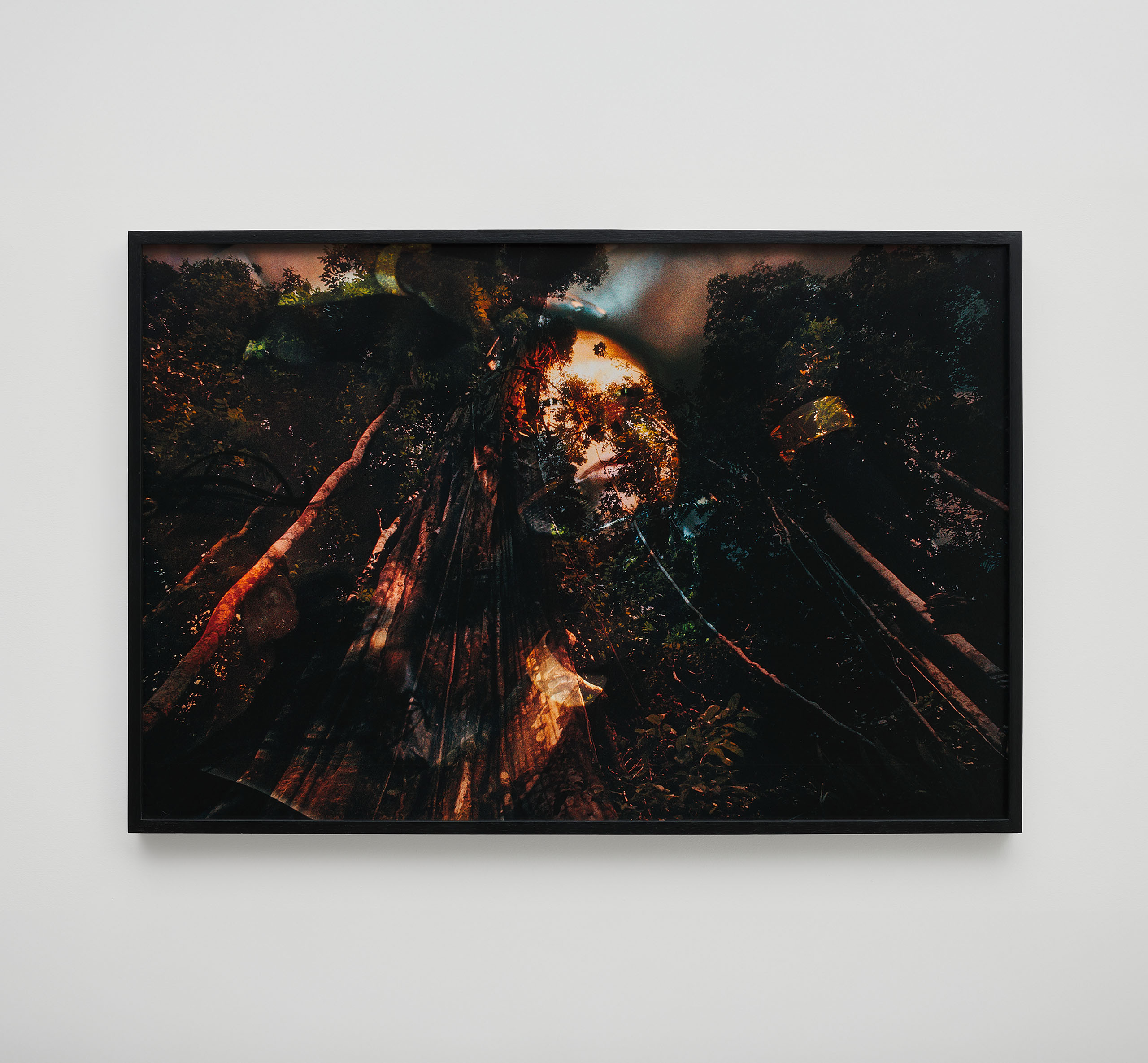
Claudia Andujar
Floresta amazônica, Pará, da série Sonhos Yanomami, 1971/2015
impressão fotográfica sobre papel
66 x 100 cm
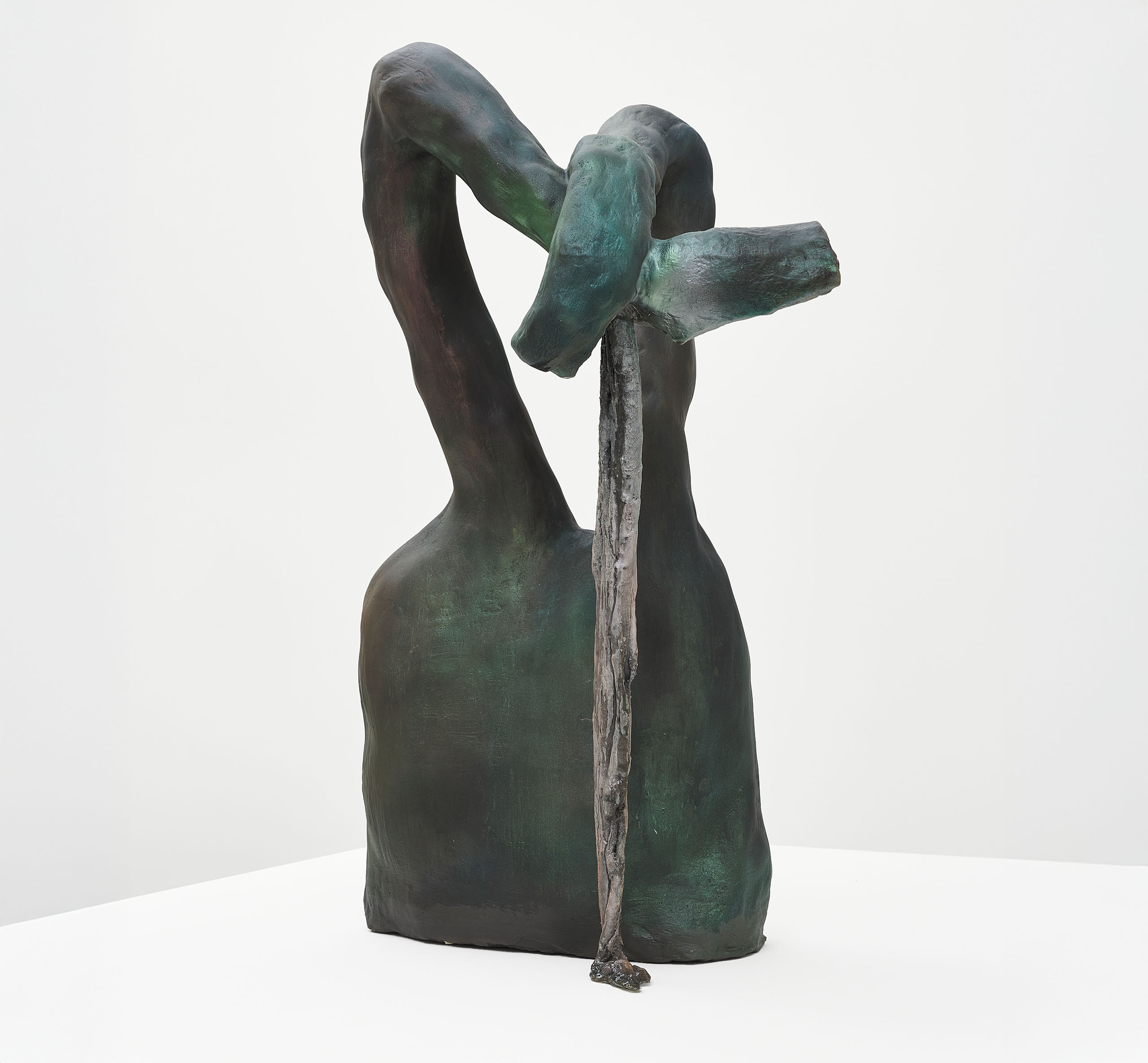
Paloma Bosquê
Fossil (Cisne), 2024
fibra de algodão, gesso pedra, lã e Knta acrílica
69 x 44 x 35 cm
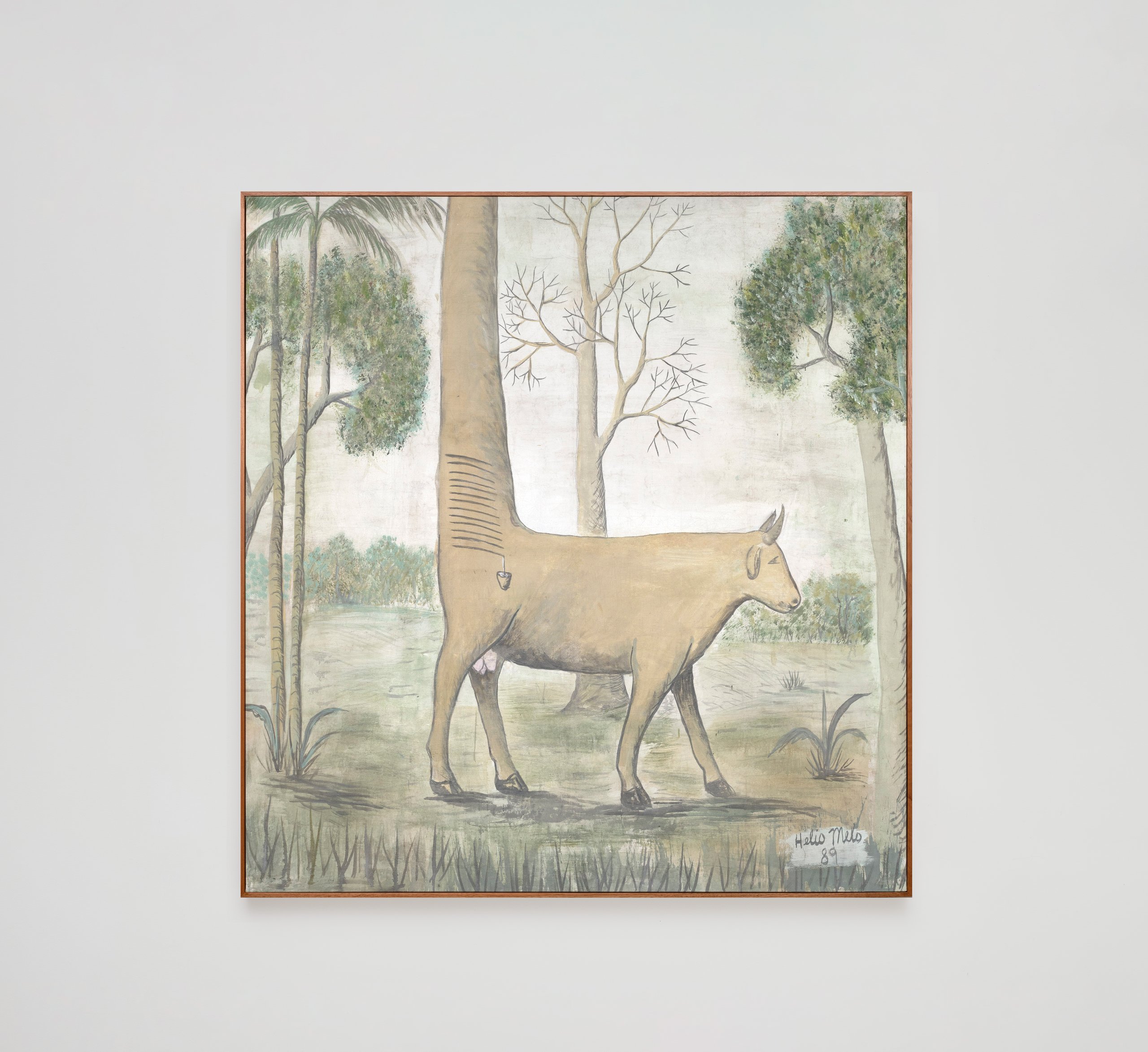
Hélio Melo
A transformação da seringueira I, 1989
nanquim e extrato de folhas sobre tecido [ink and leaves’ extract on fabric]
147 x 141 cm [57 7/8 x 55 1/2 in]
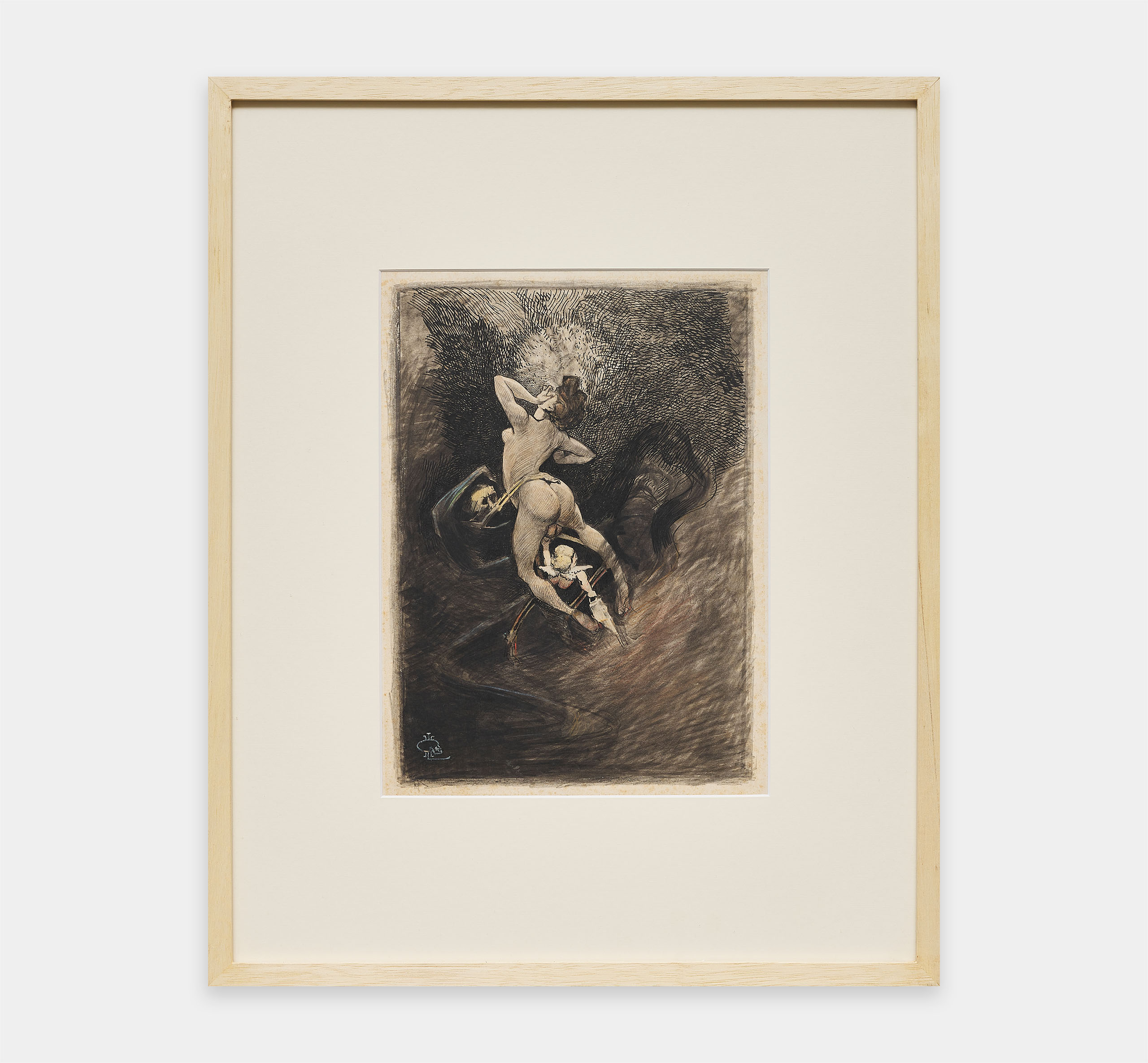
Henrique Alvim Corrêa
Desejo sem limite, n.d.
nanquim, grafite, pastel e aquarela sobre papel
30 x 22,5 cm
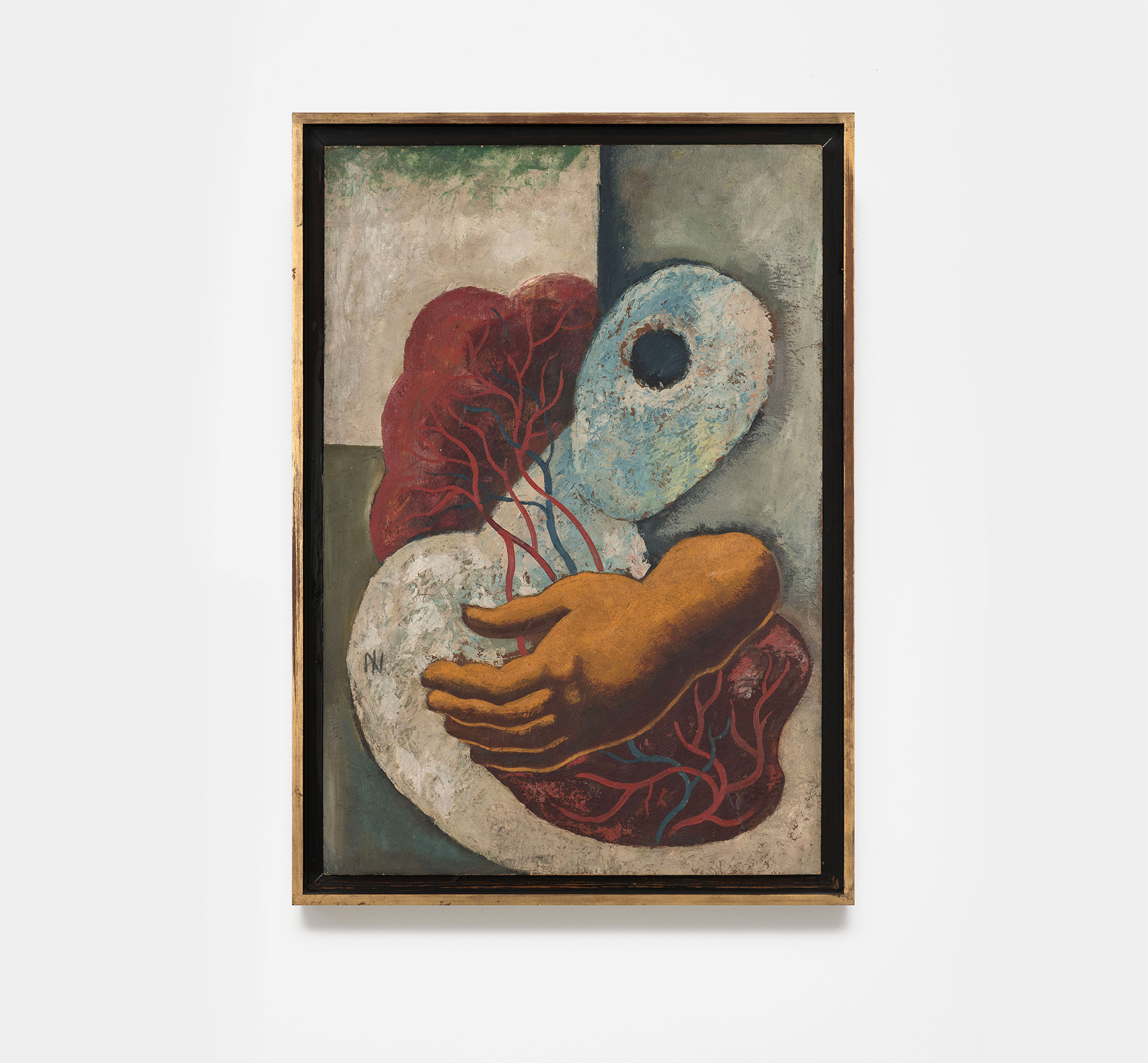
Ismael Nery
Visão interna – Agonia, déc. 1930
óleo sobre cartão sobre aglomerado de madeira
71 x 48 cm
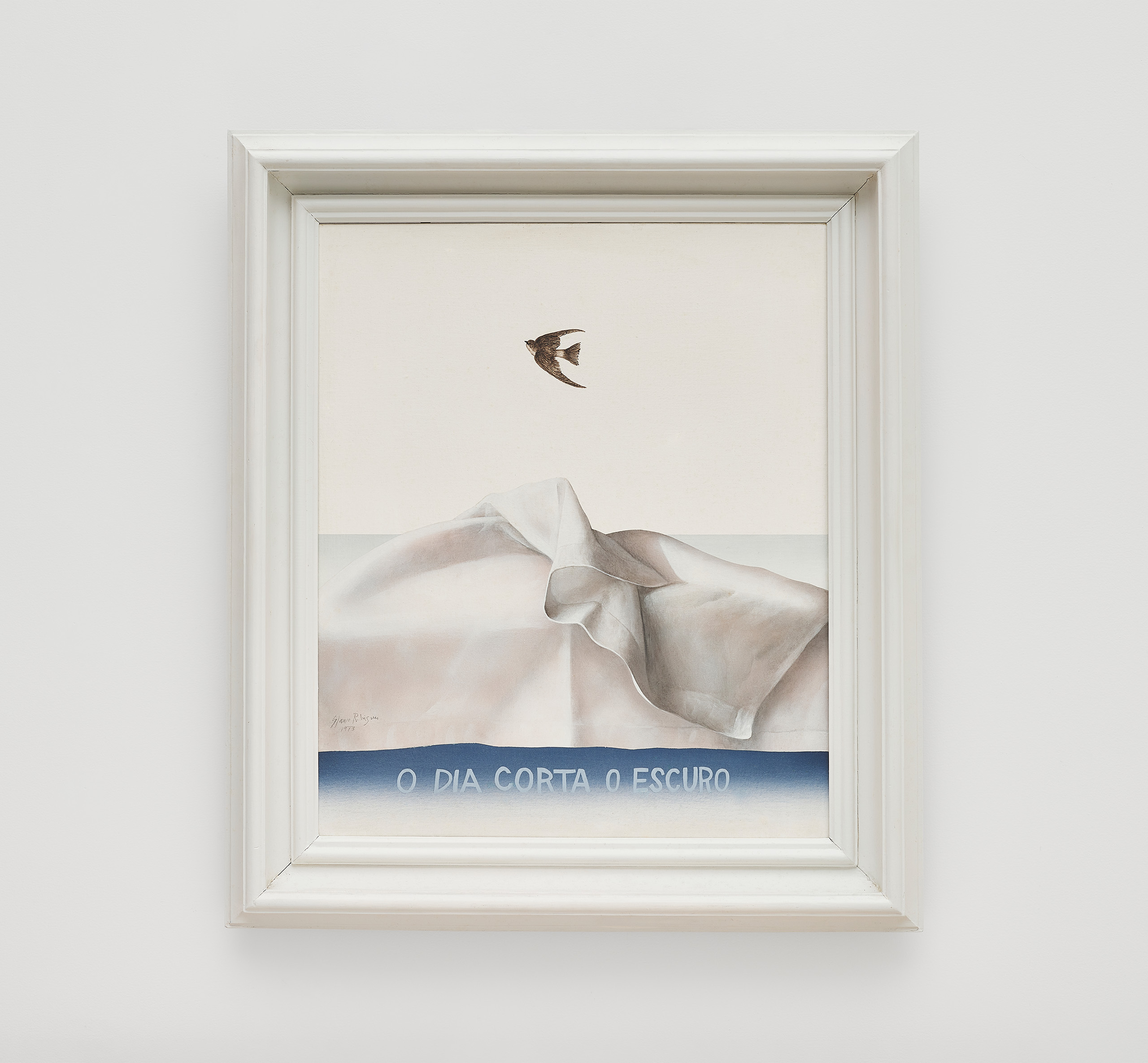
Glauco Rodrigues
O dia corta o escuro n° 4, da série Adivinhações dos índios caxinauás, 1973
acrílica sobre tela colada em aglomerado
55 x 46 cm
